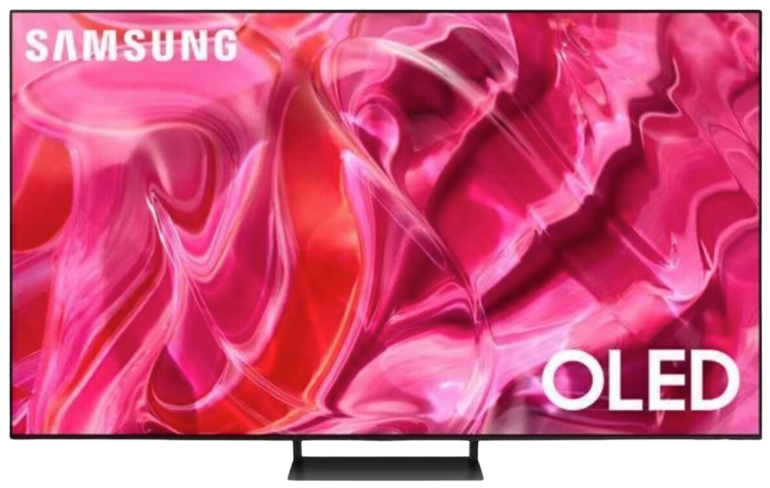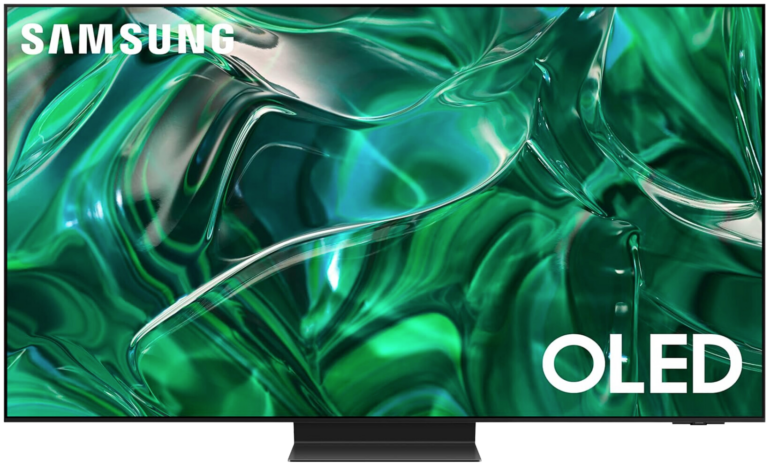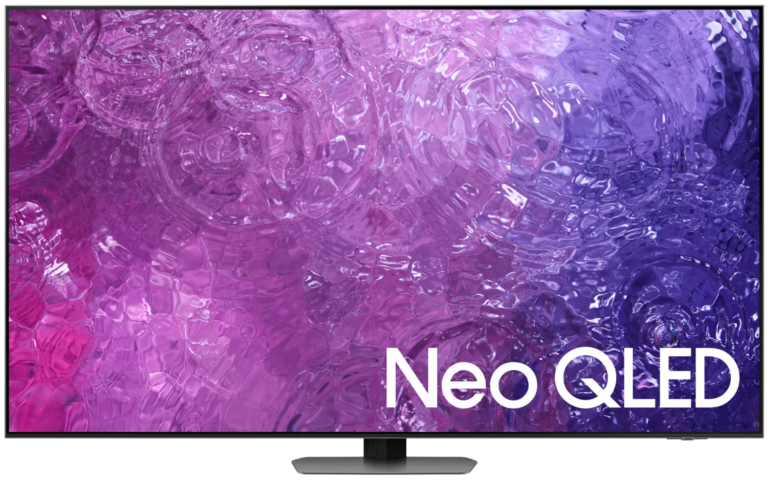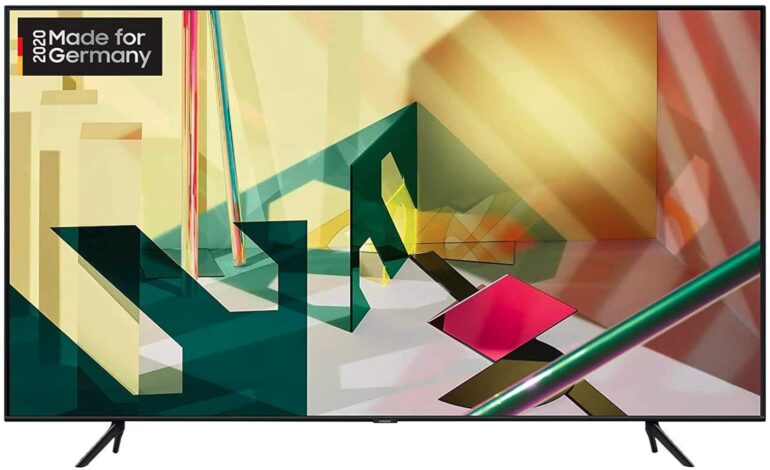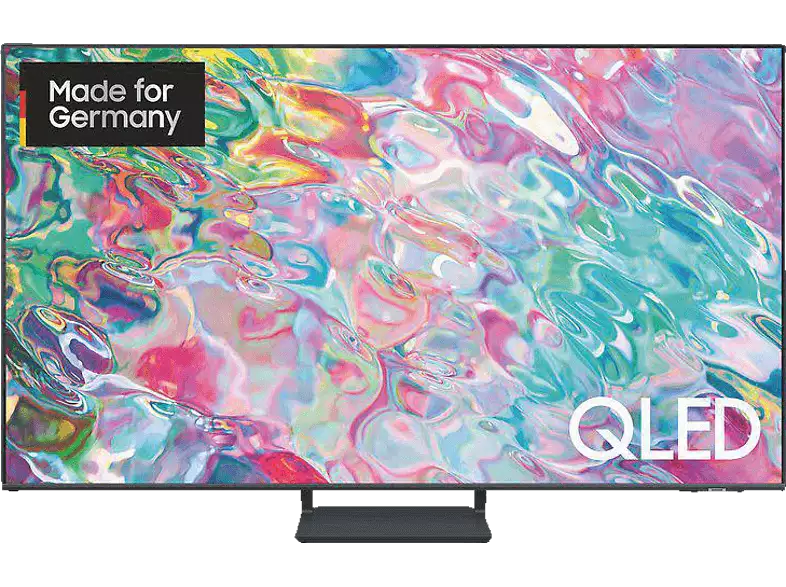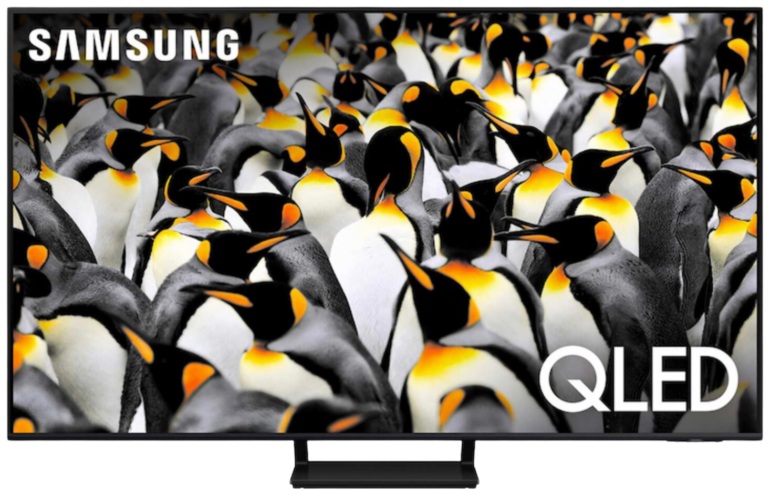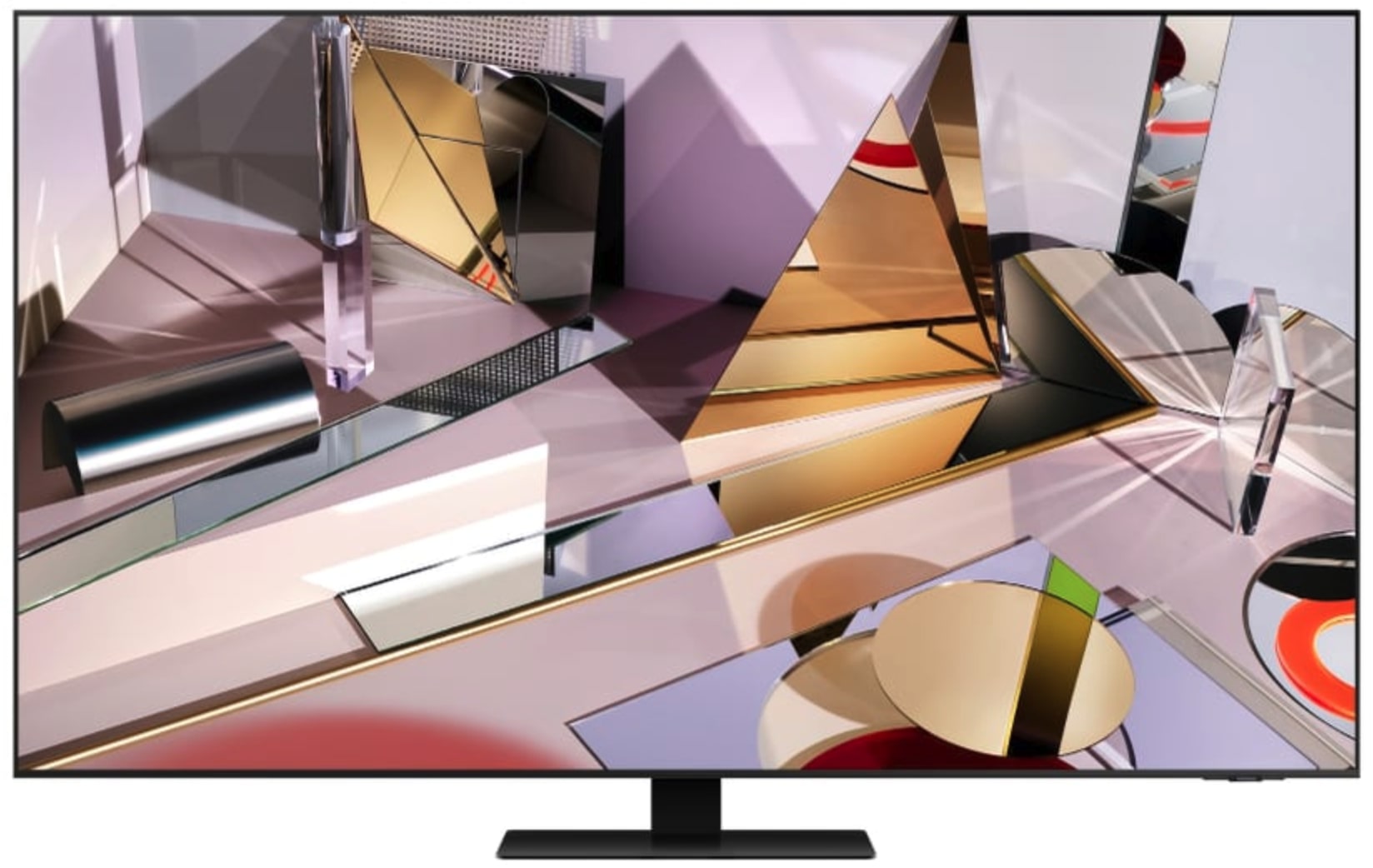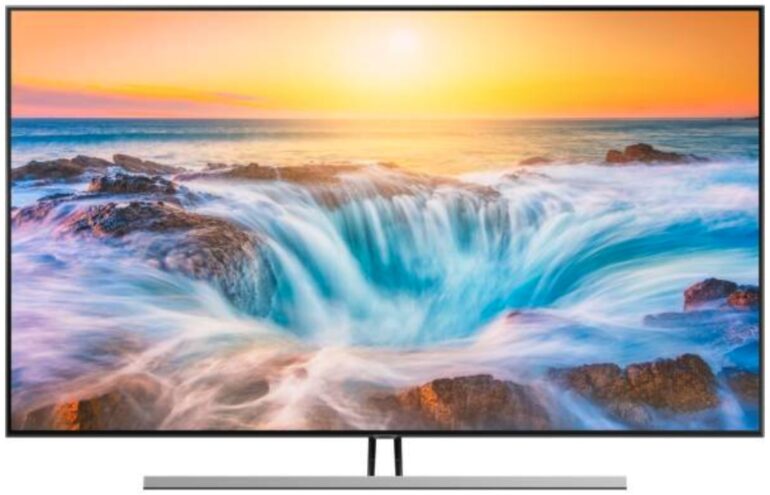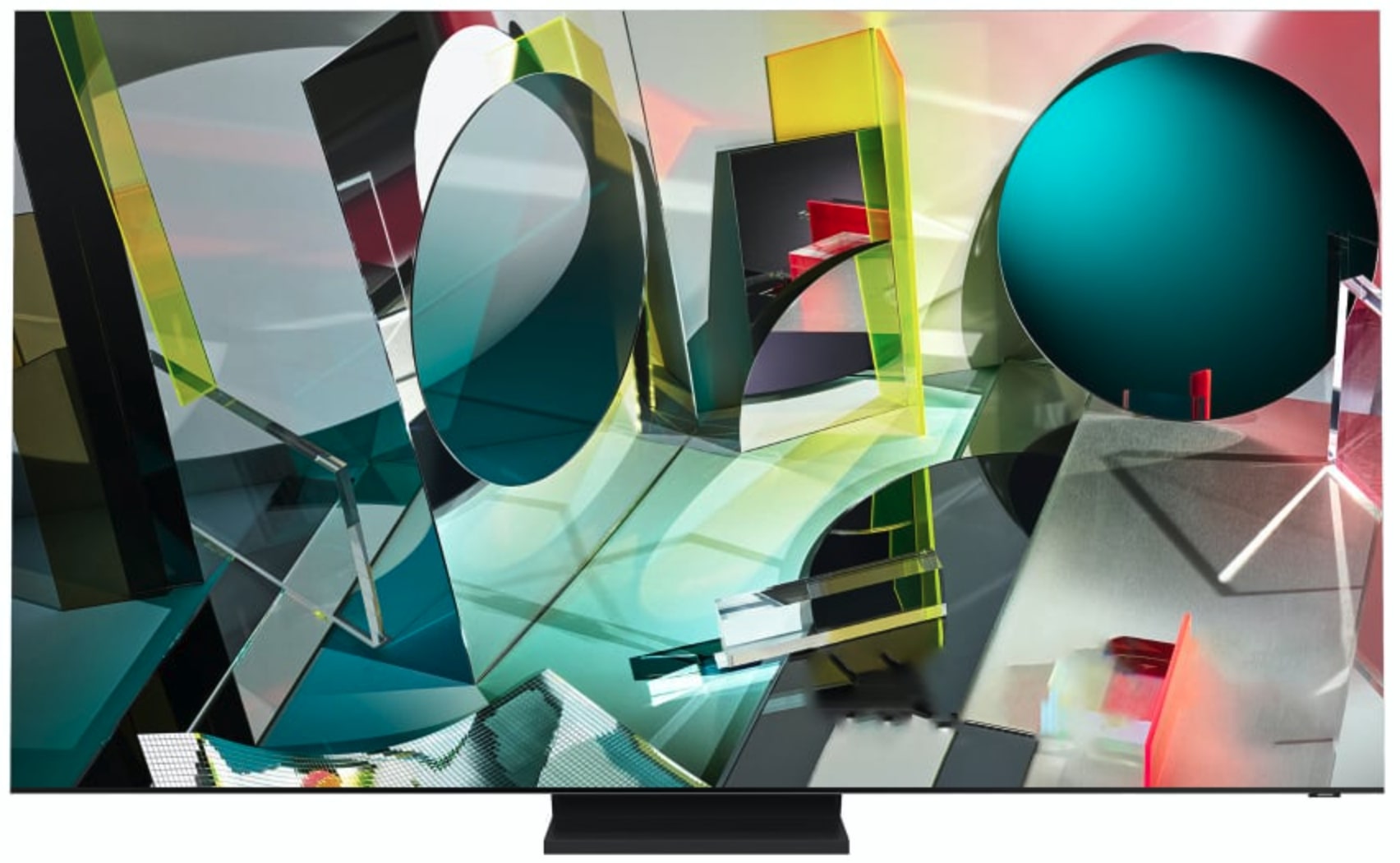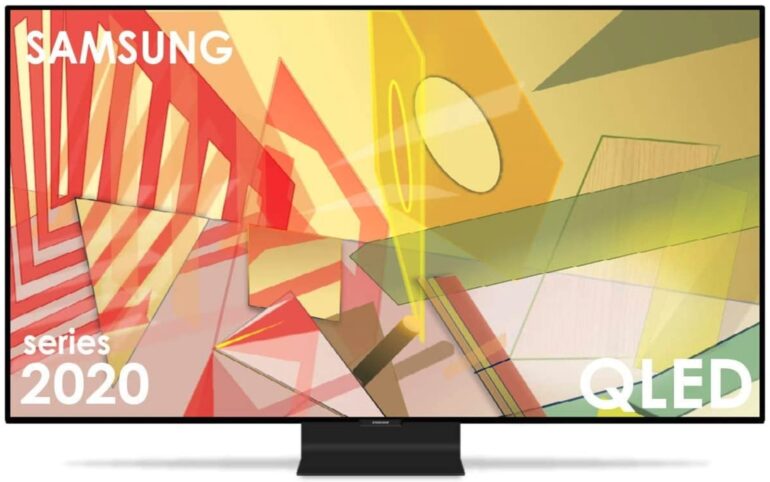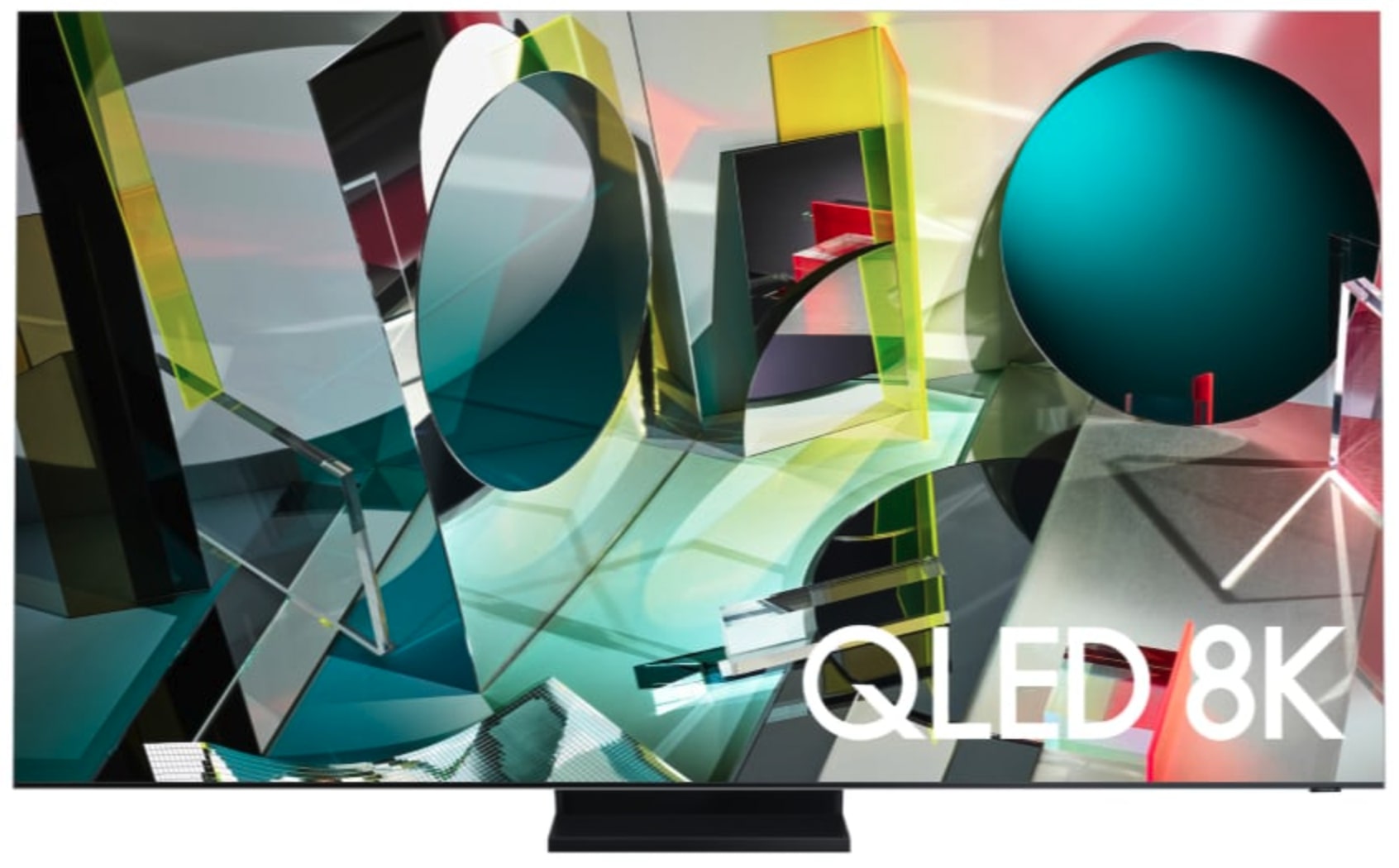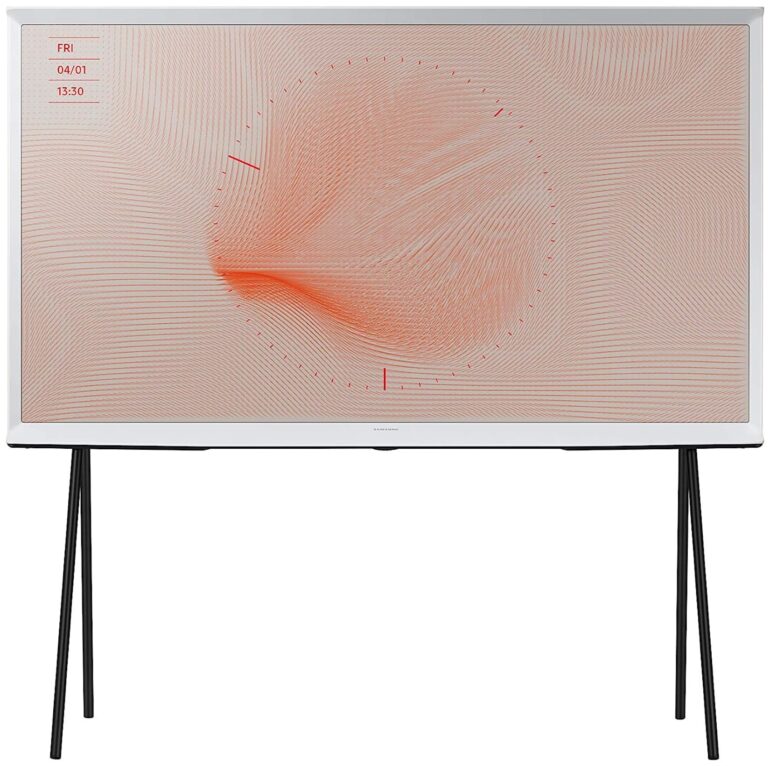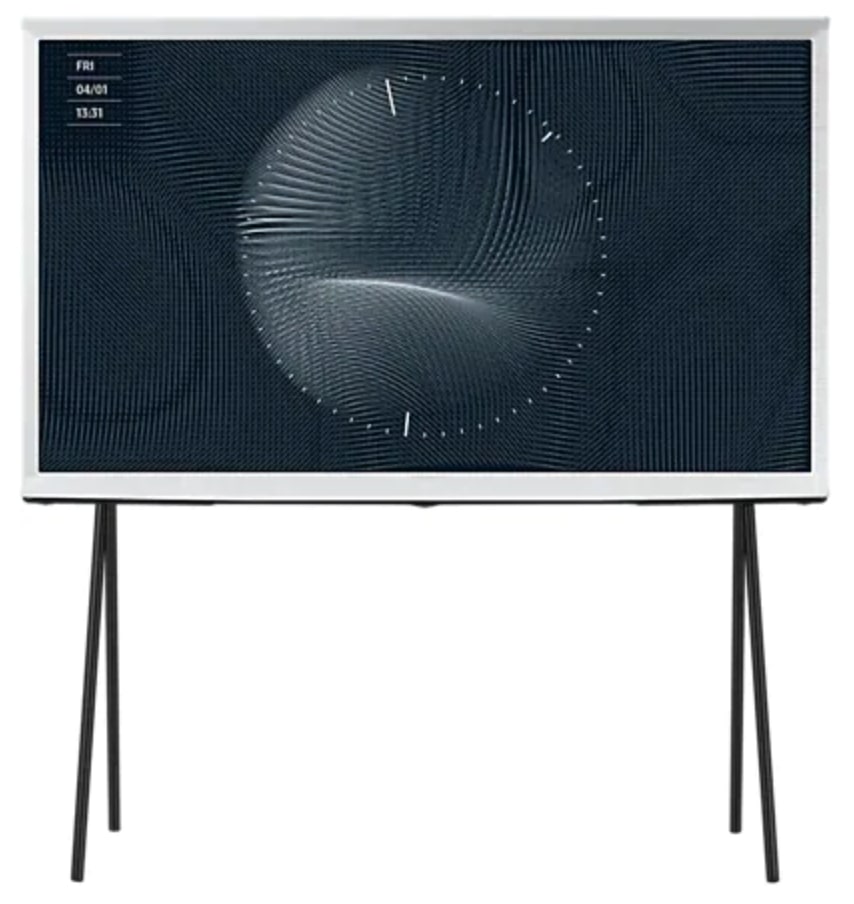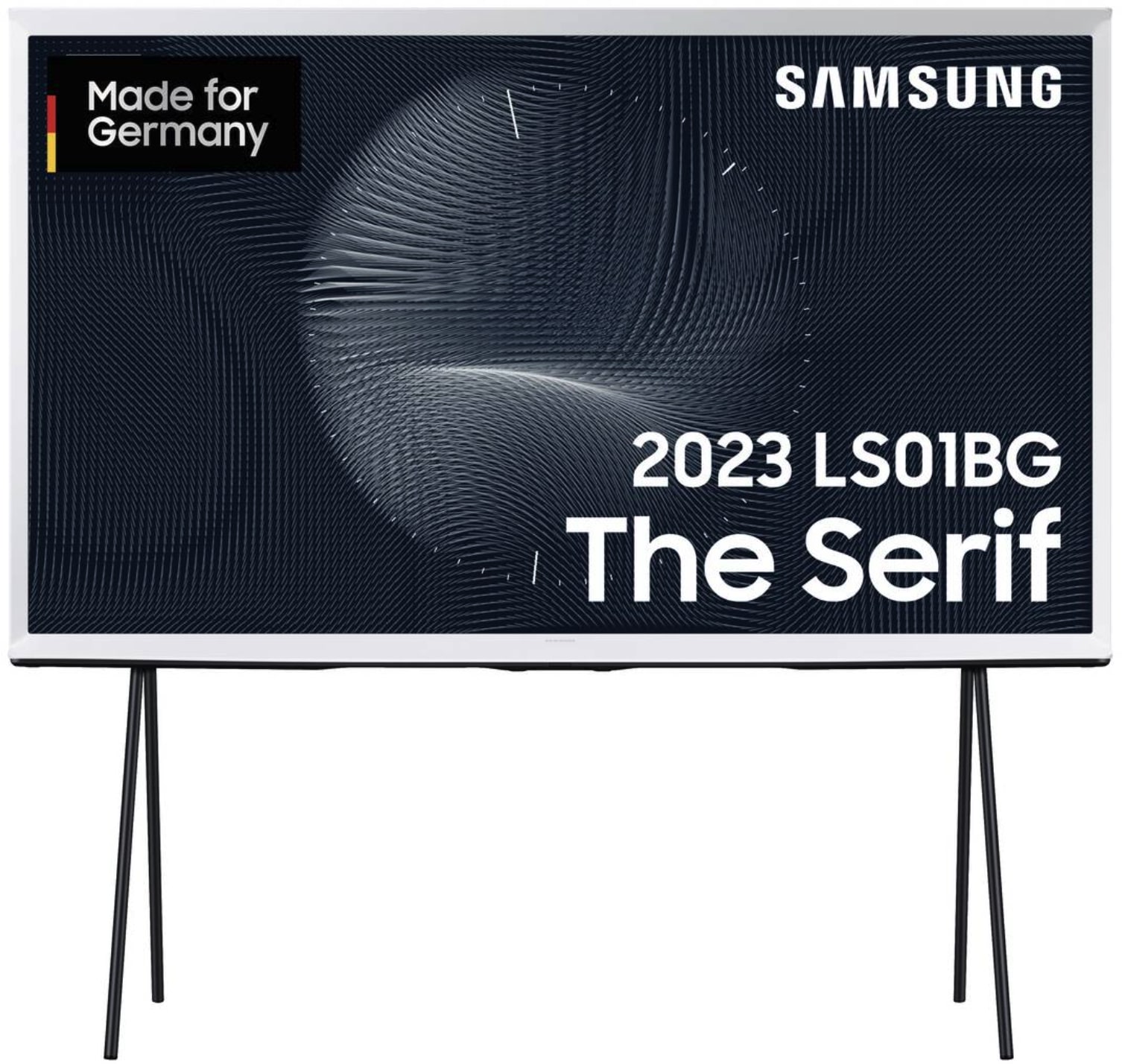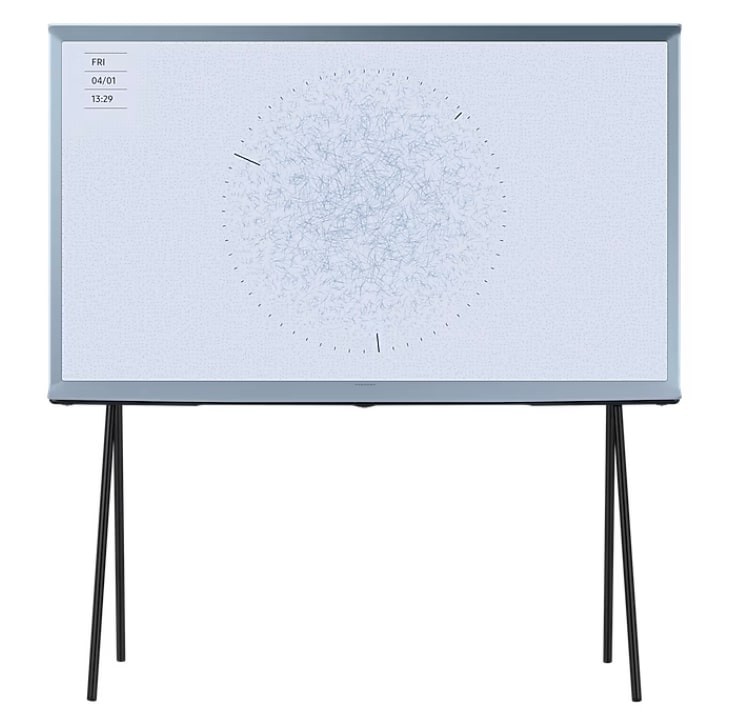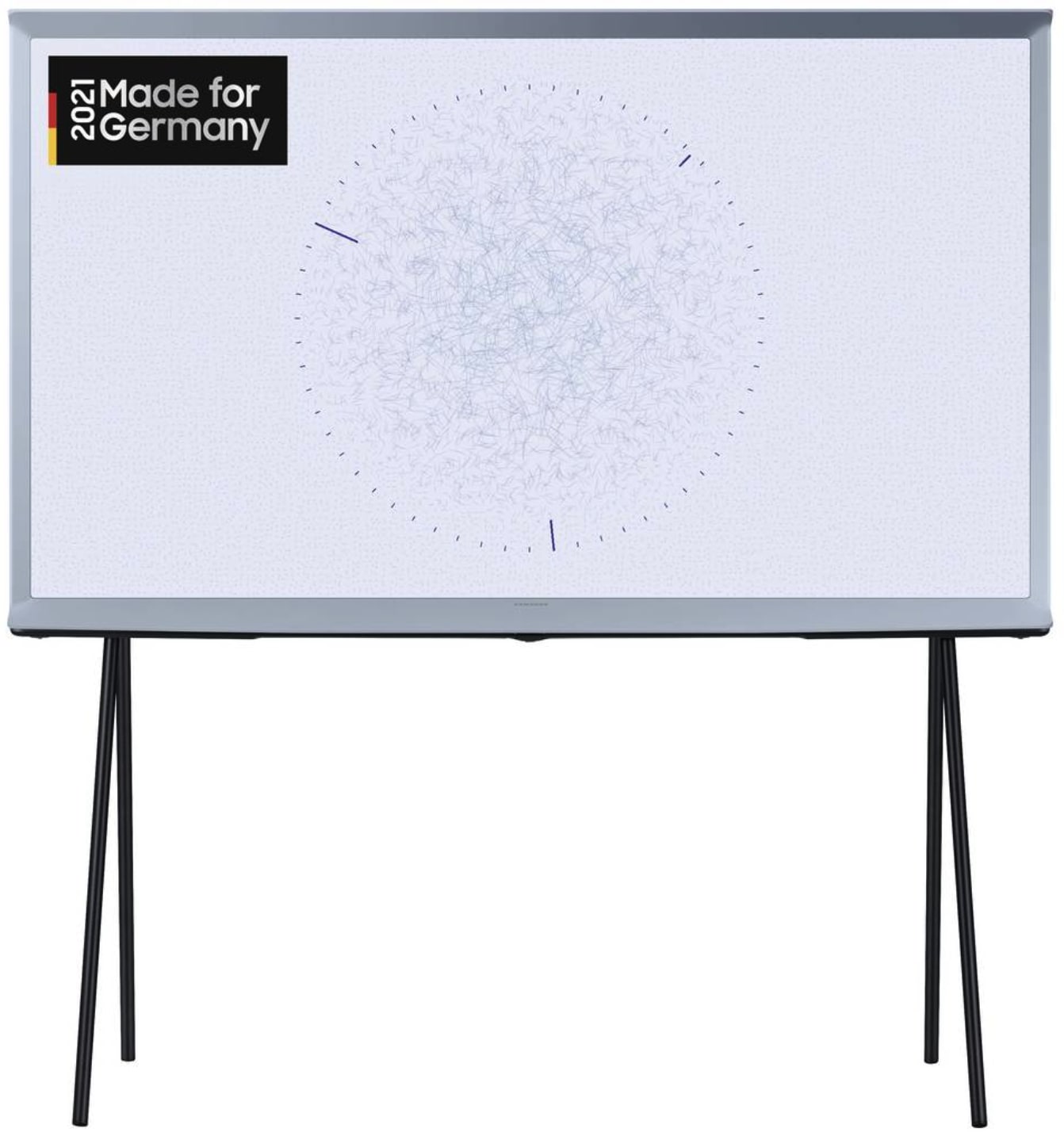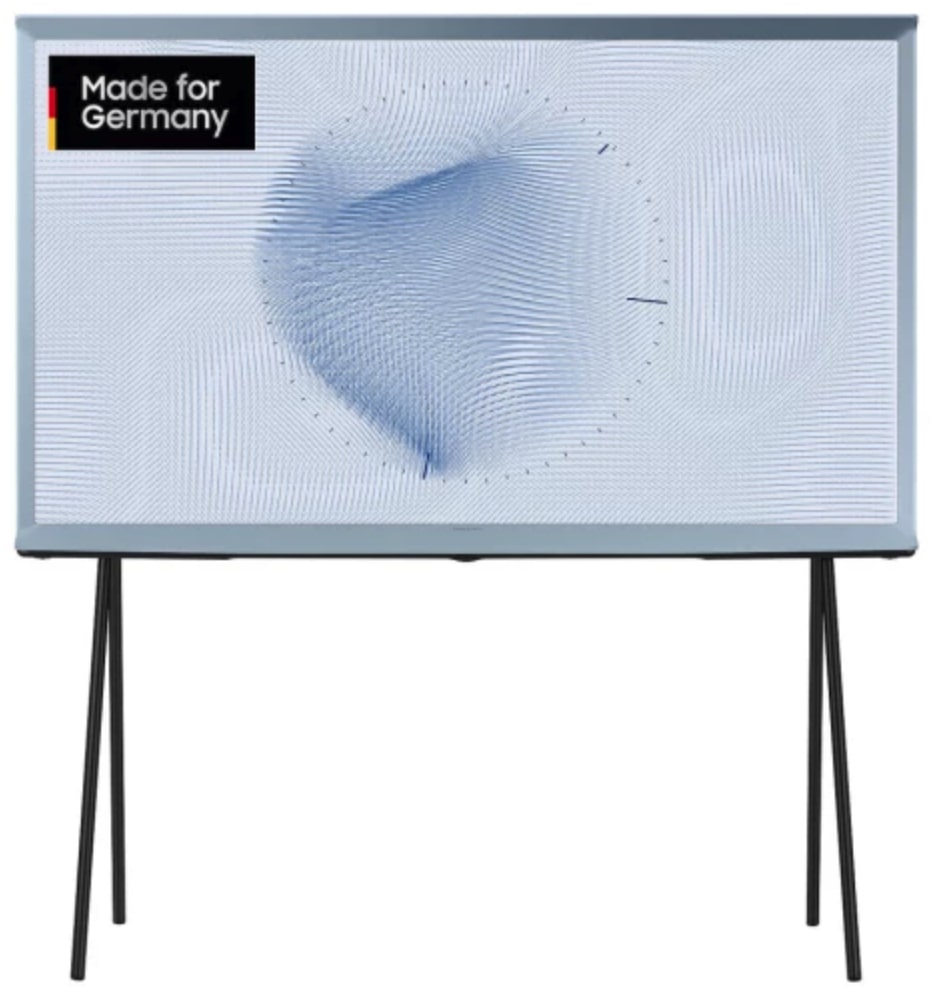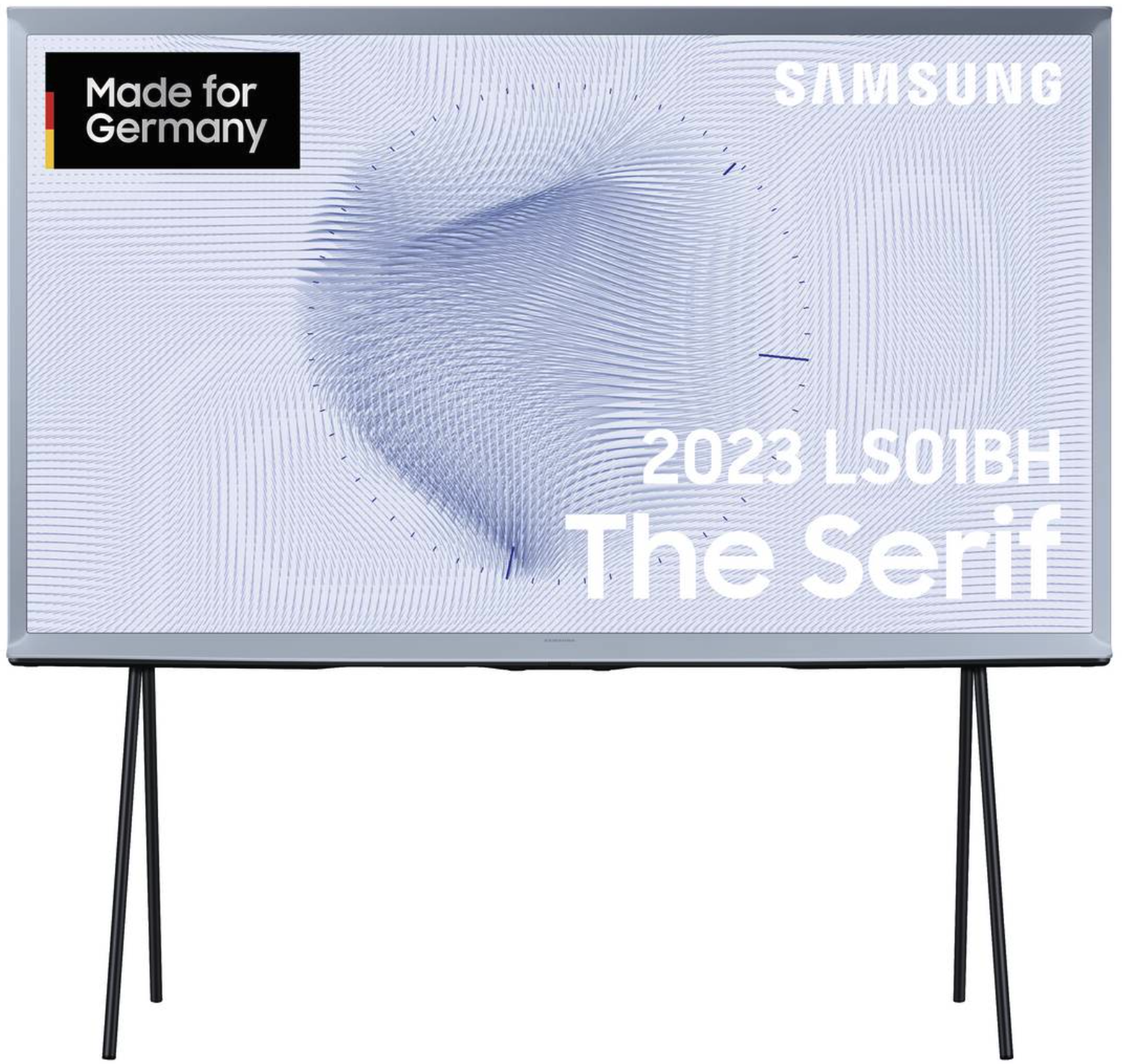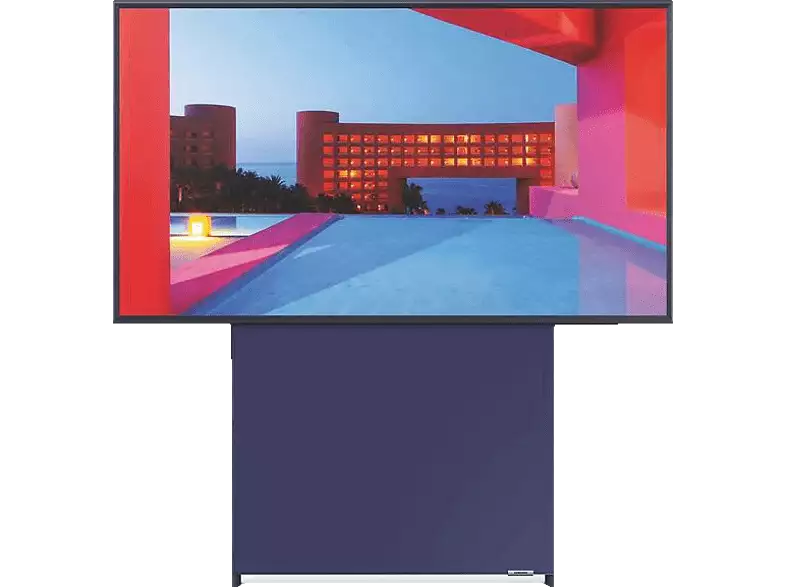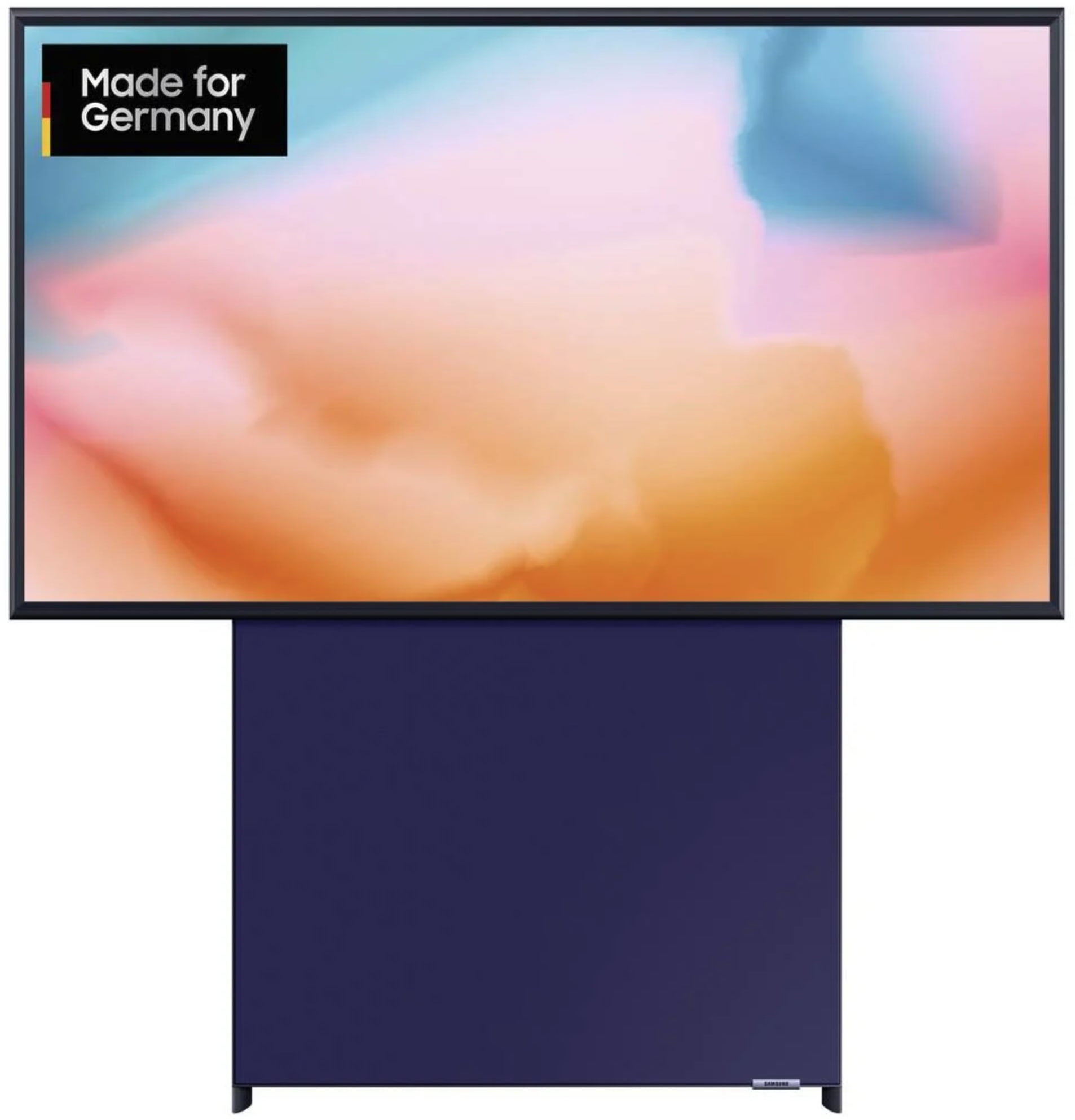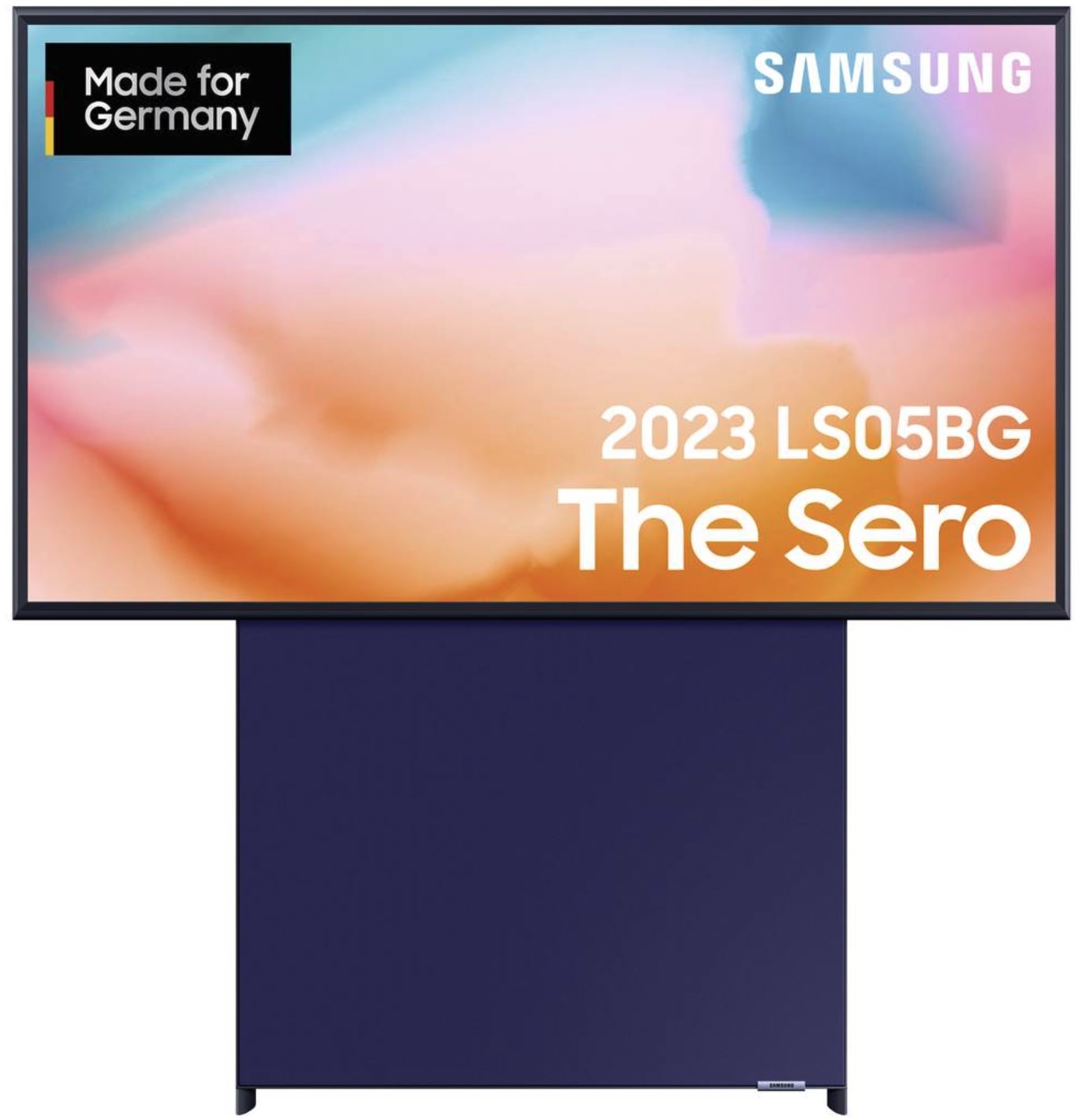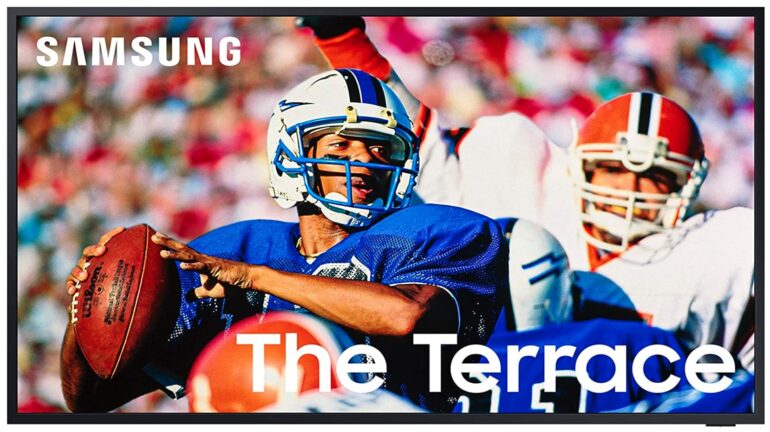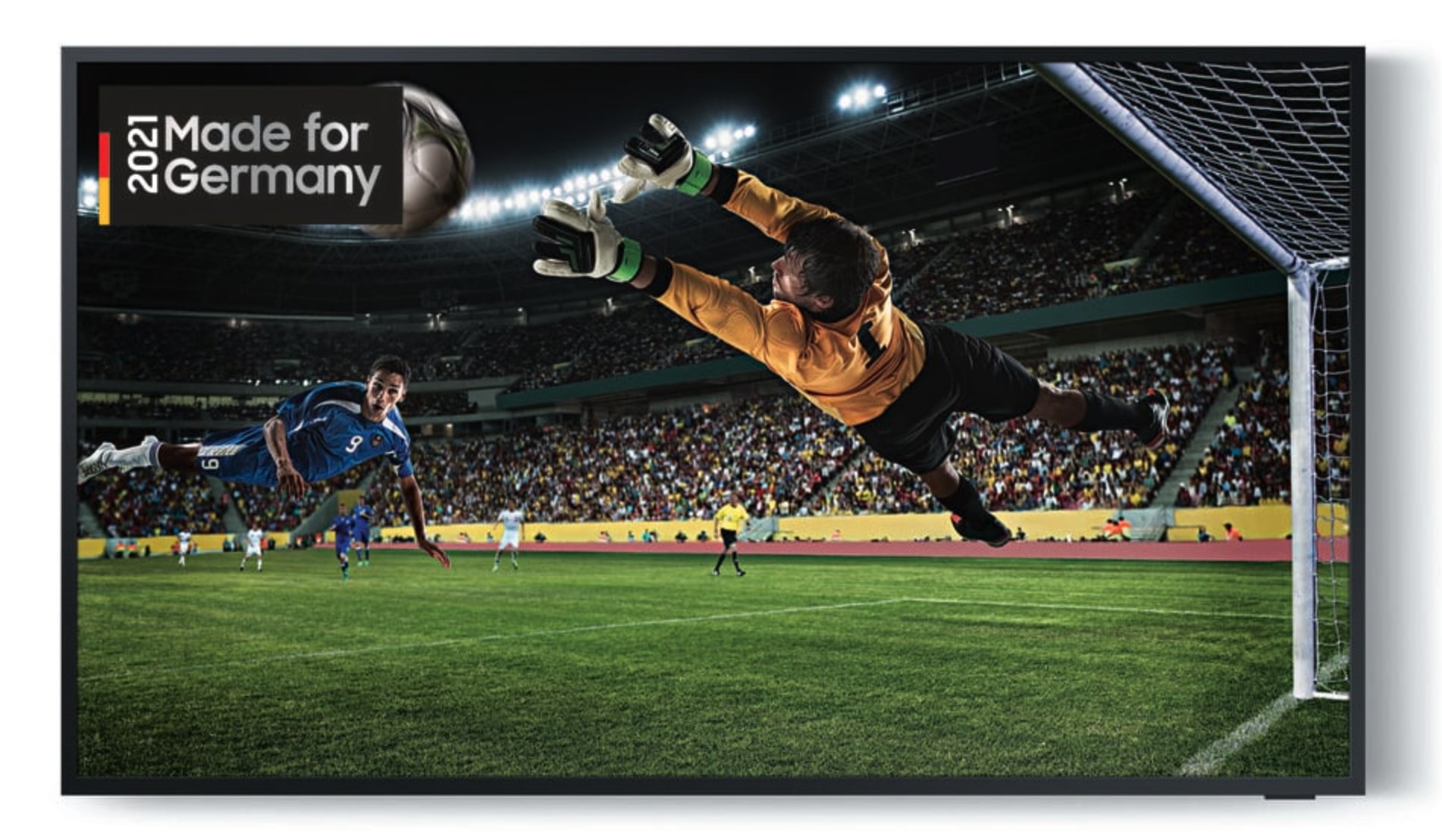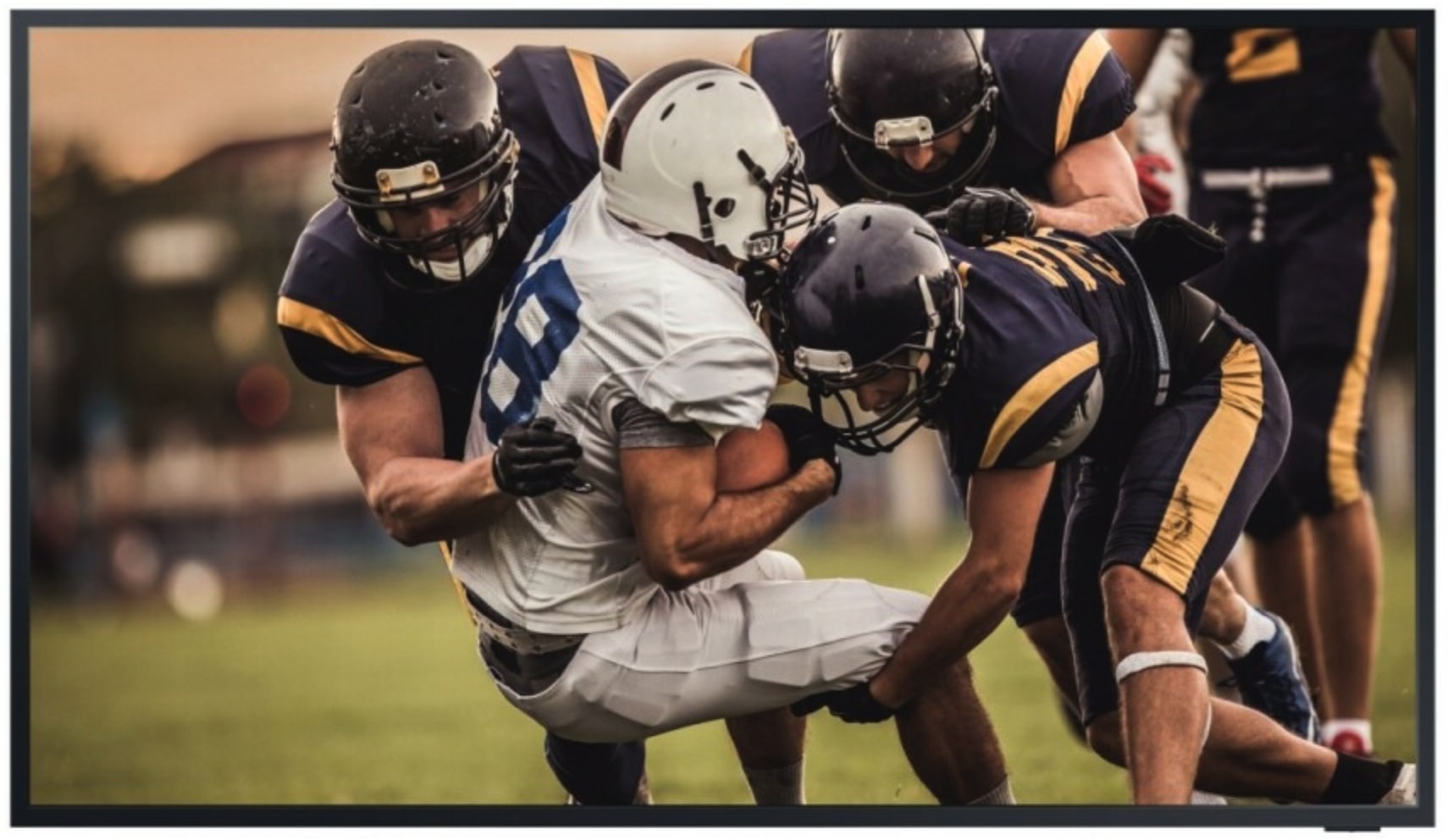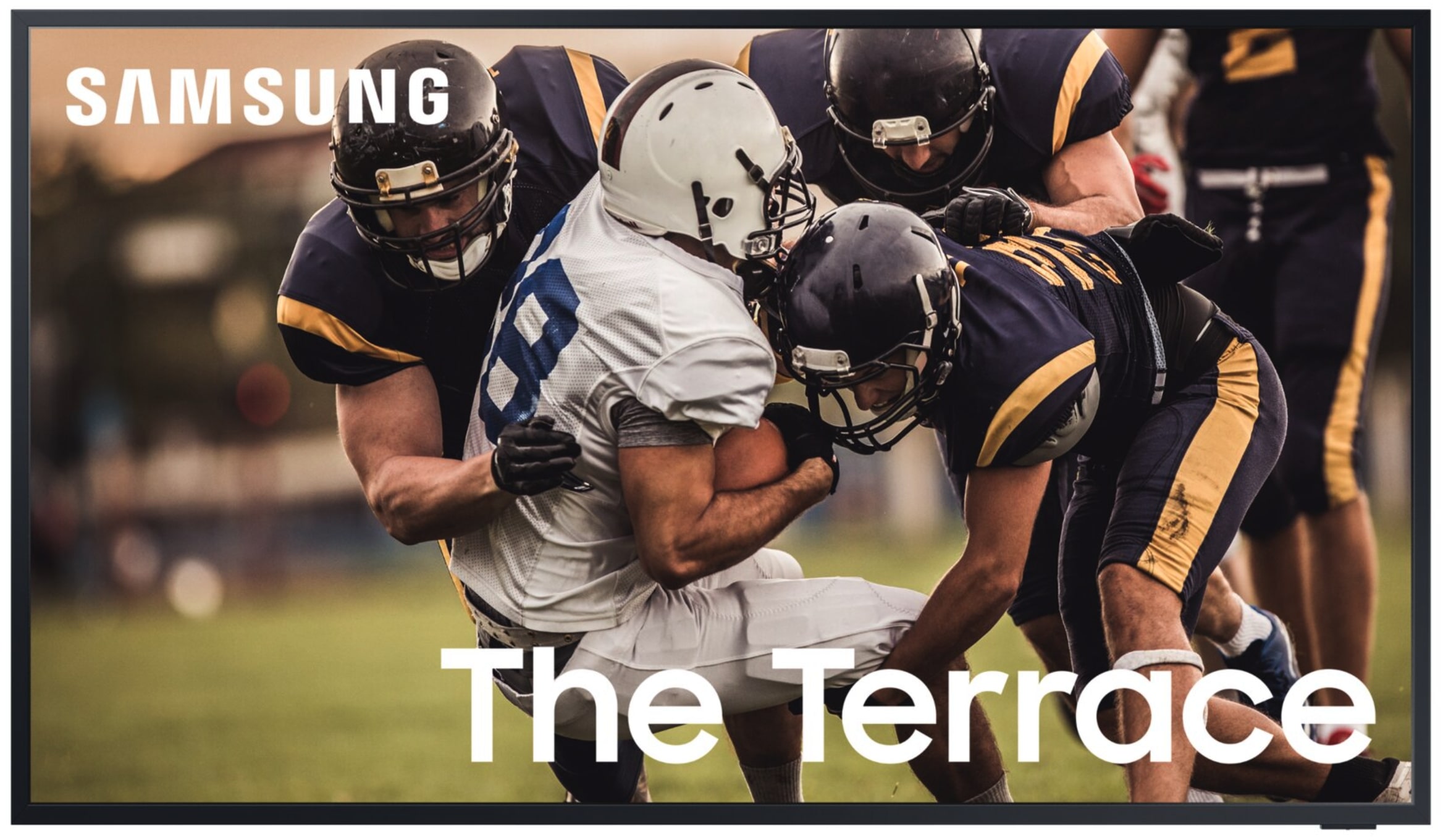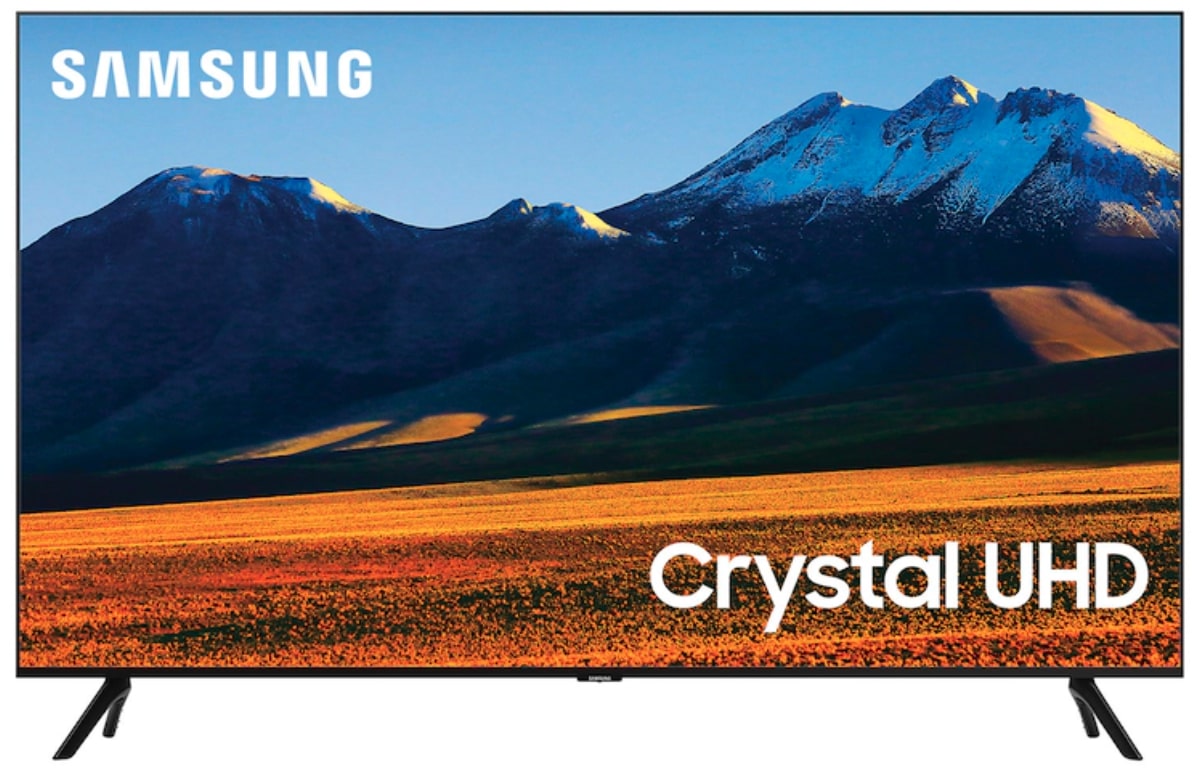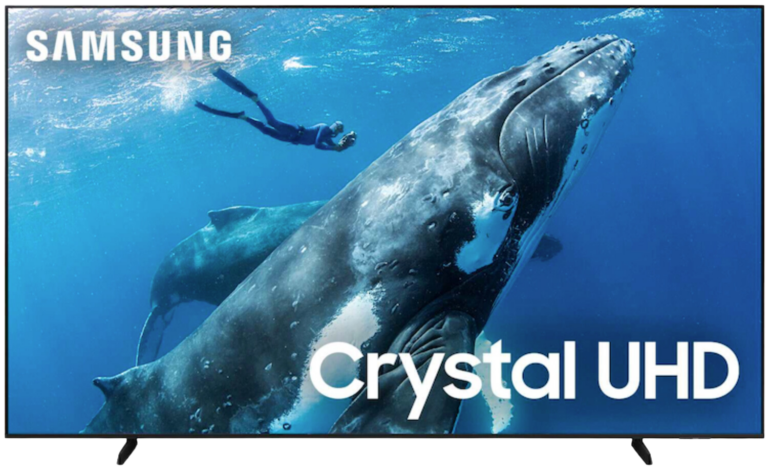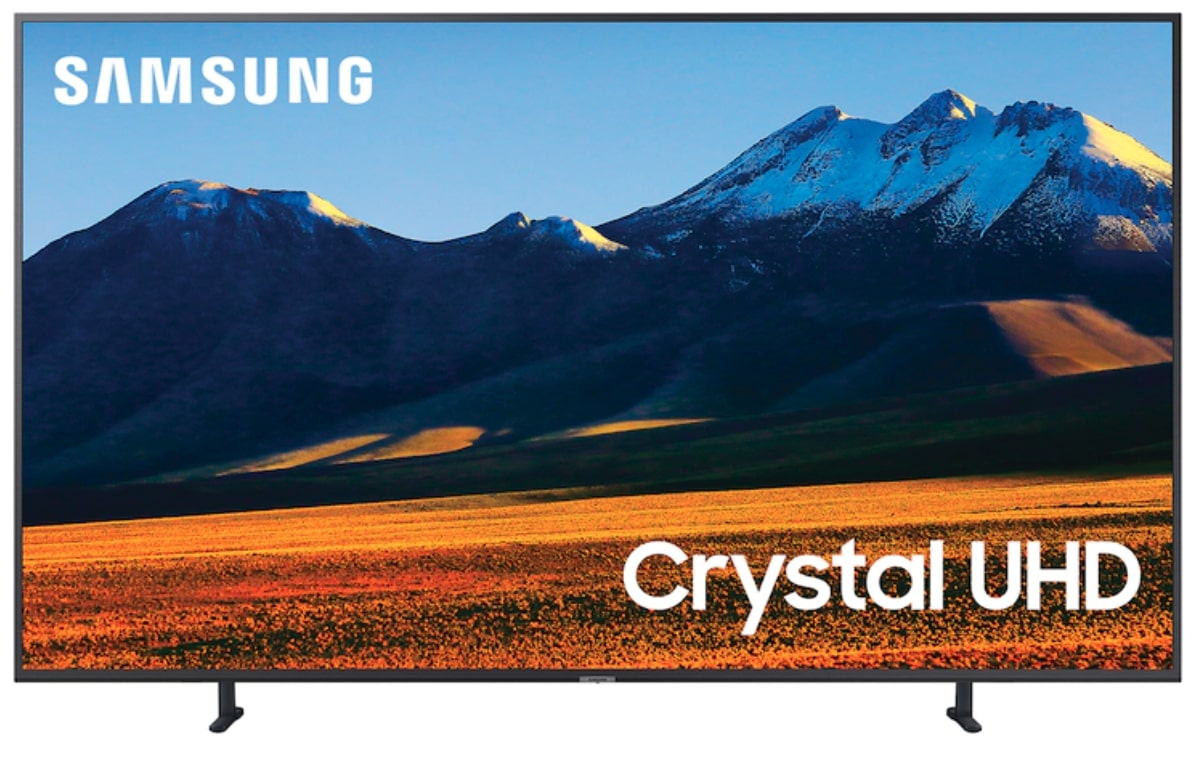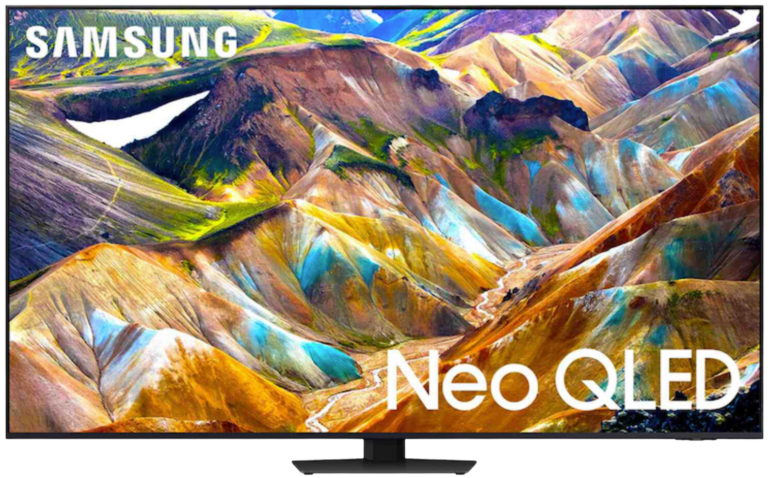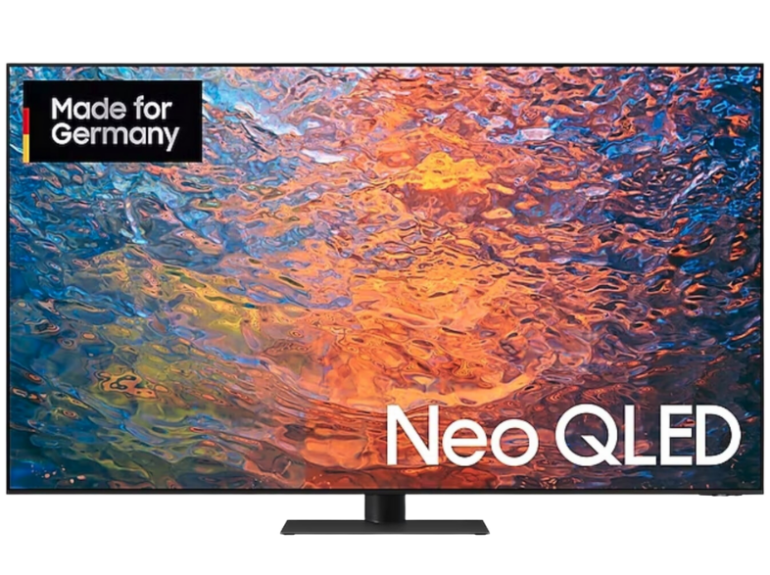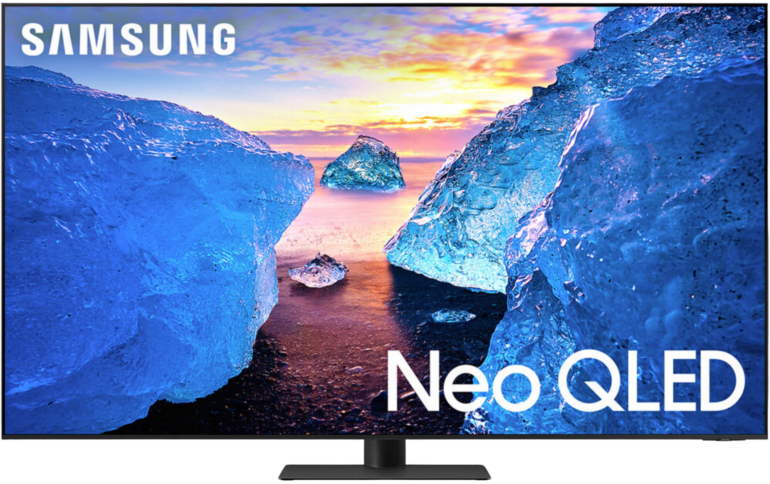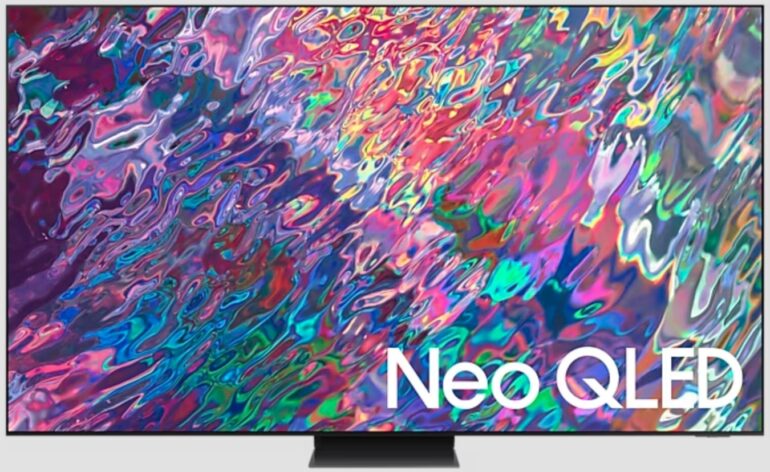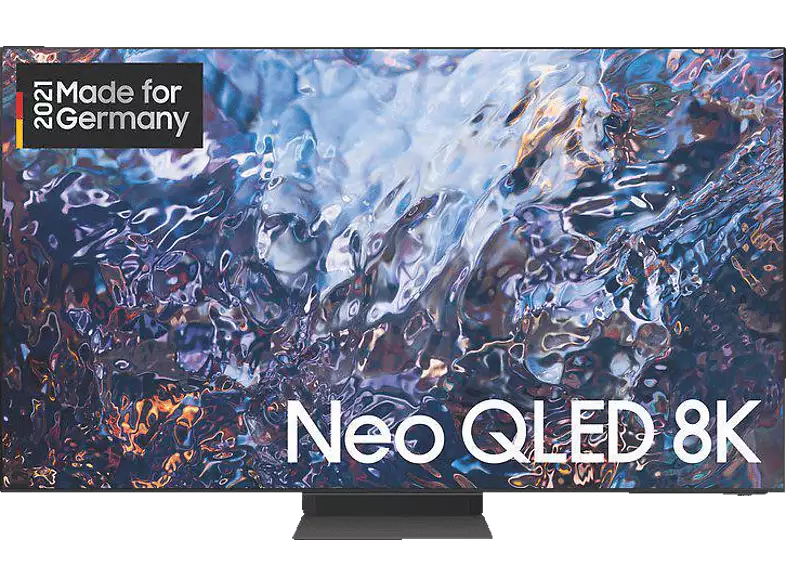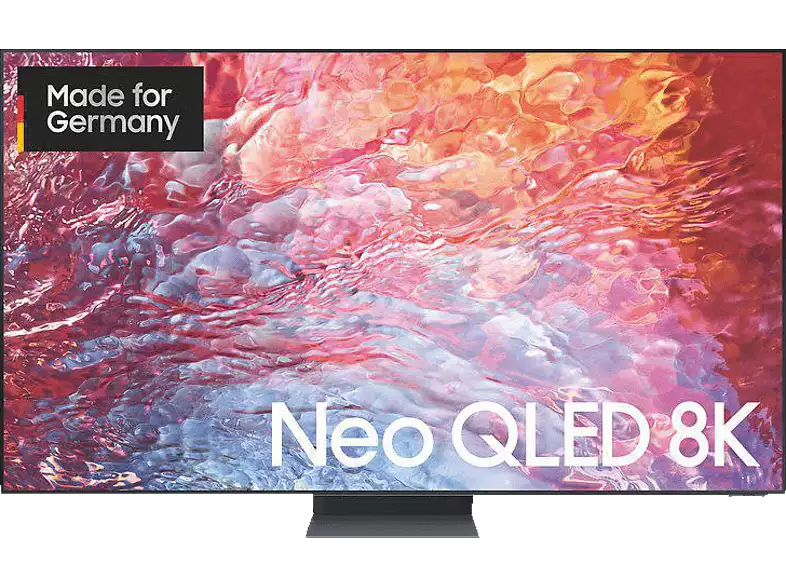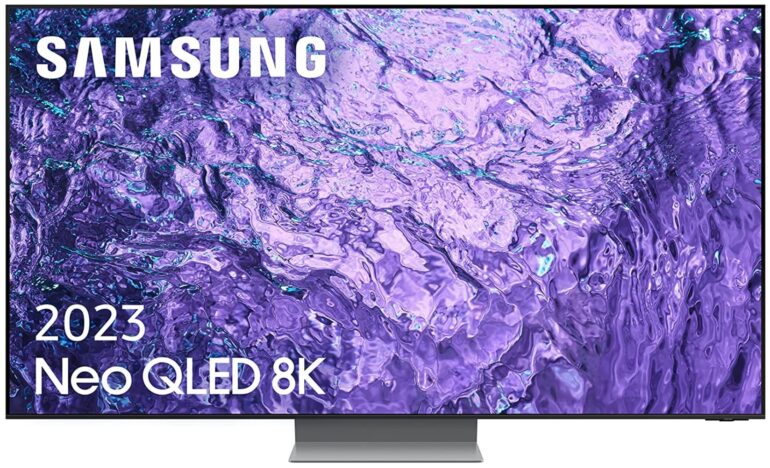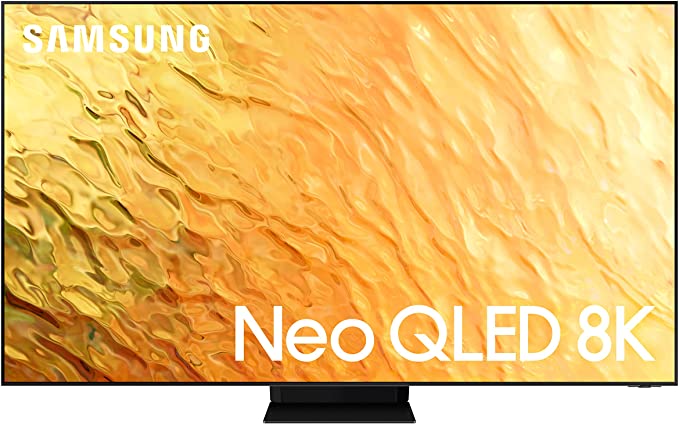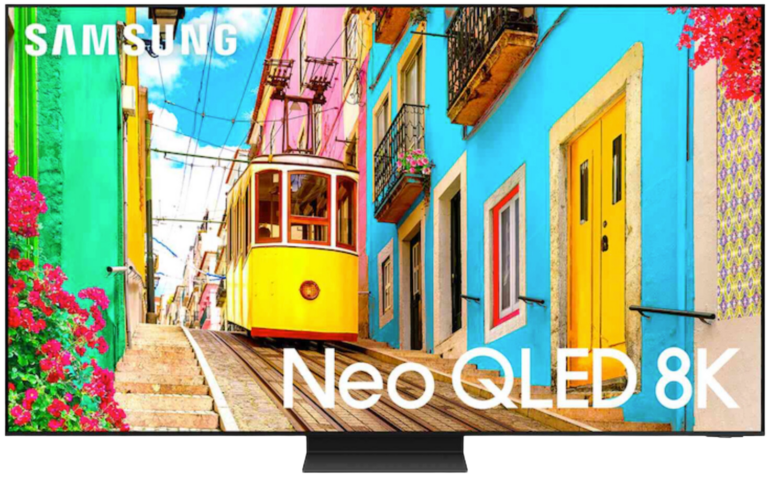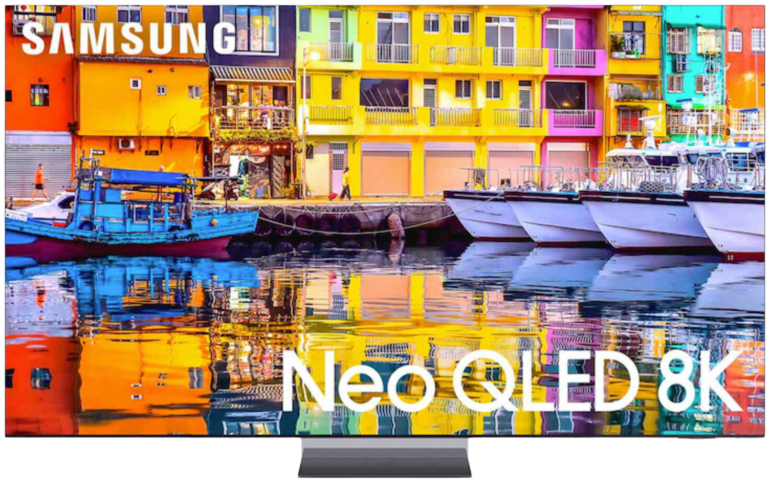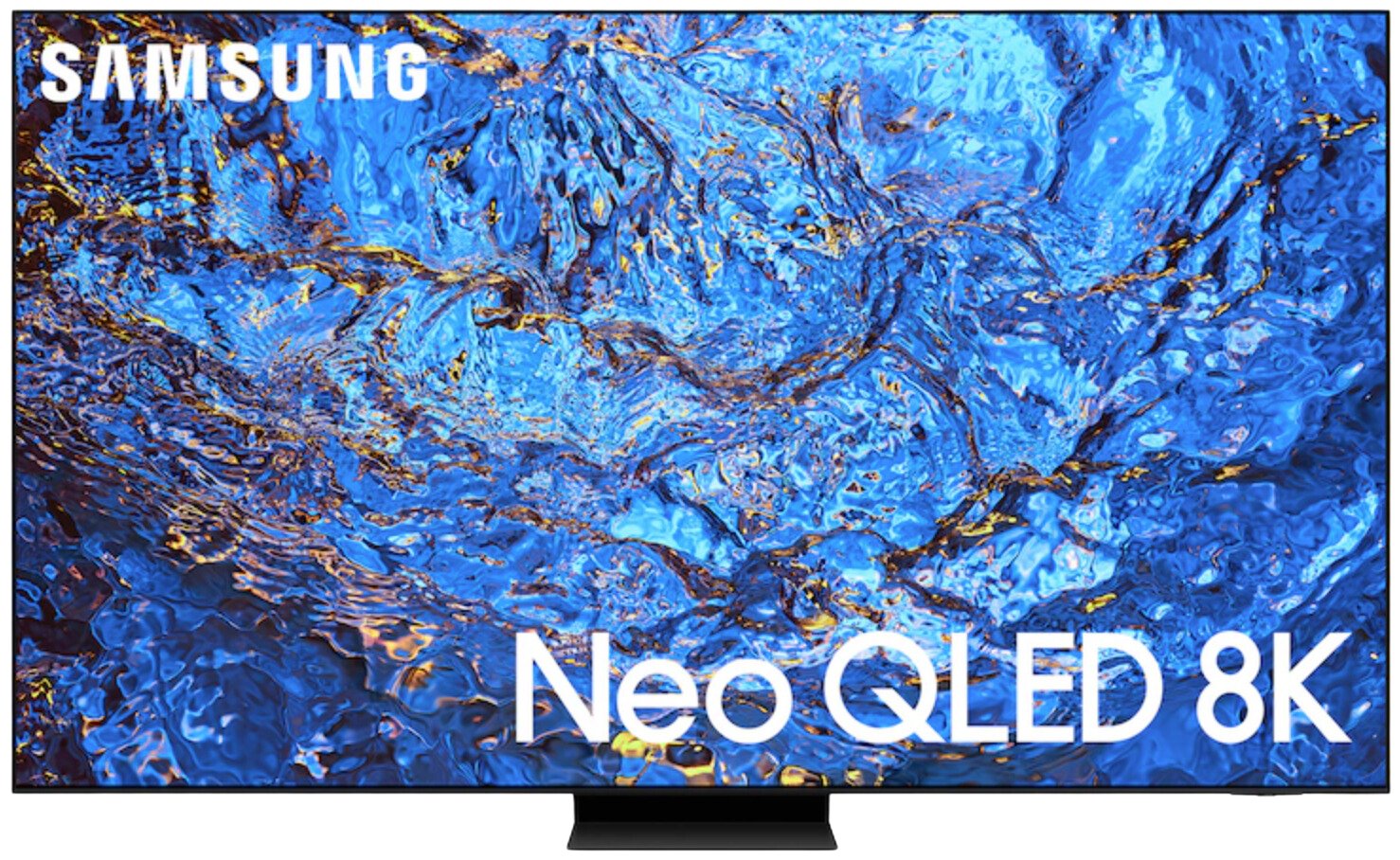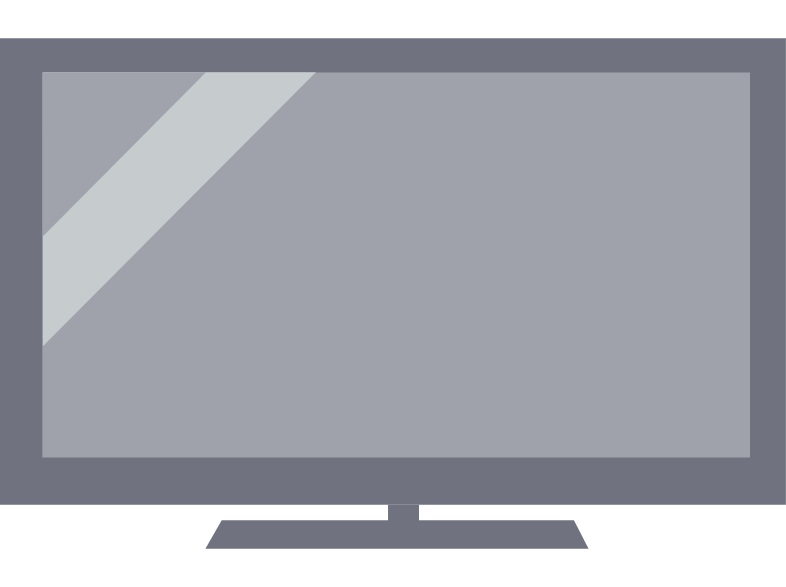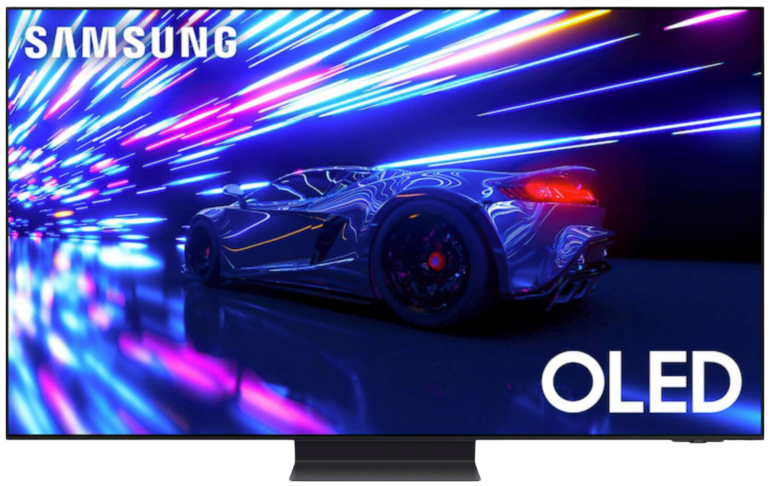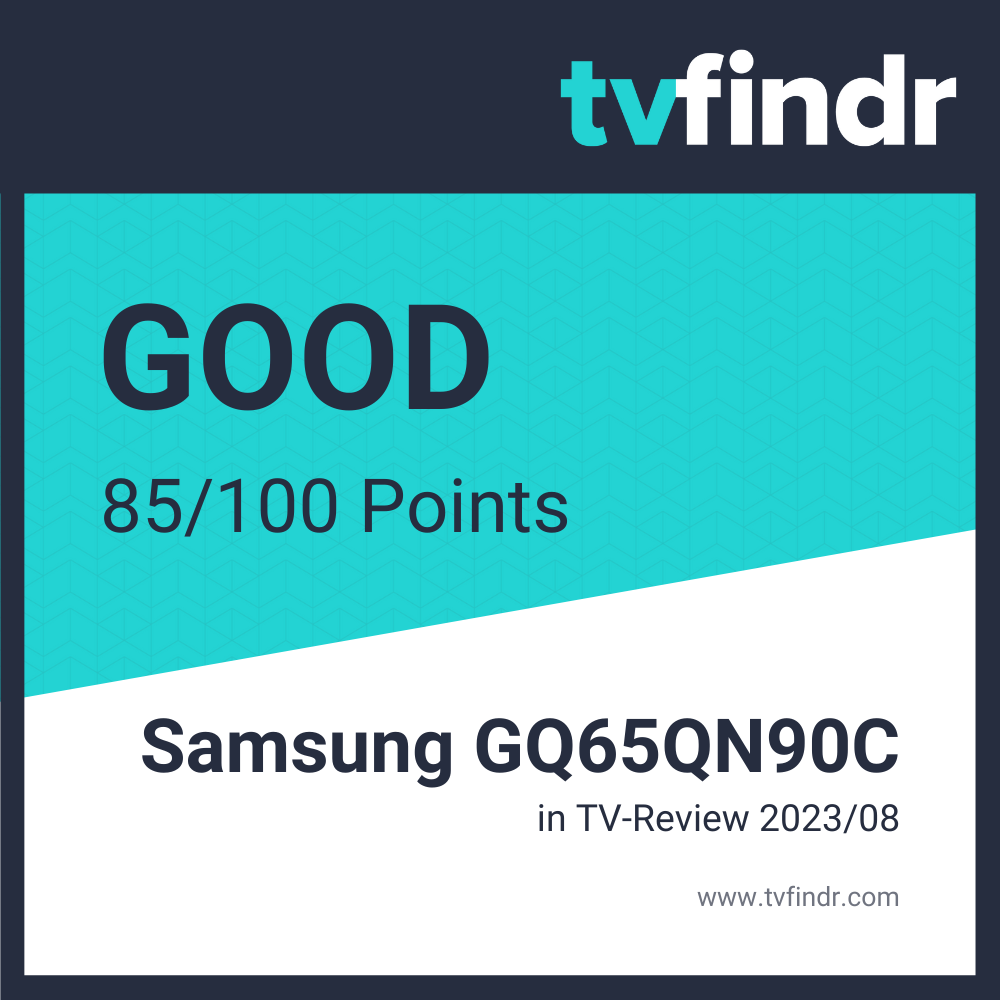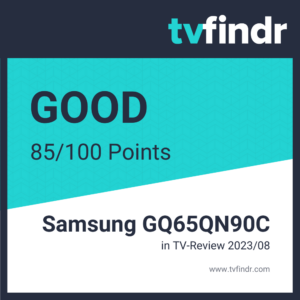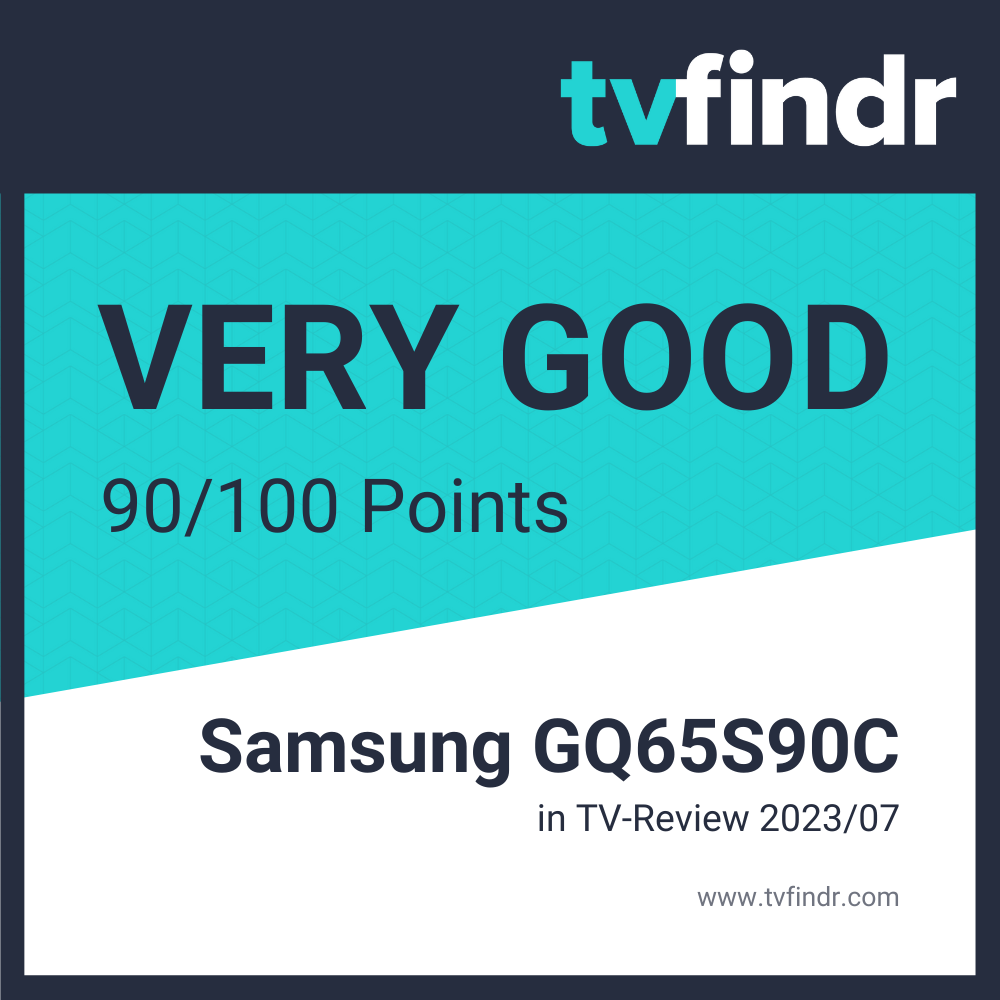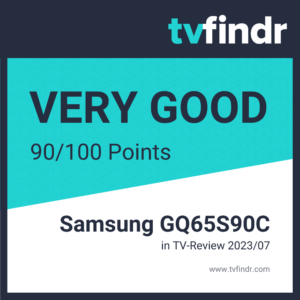QLED Models |
|---|
Q60R  Panel Type IPS (43")
VA (49", 55", 65", 75", 82")
Sizes 43", 49", 55", 65", 75", 82" Frequency 60Hz (43", 49")
120Hz (55", 65", 75", 82")
| Q60T  Sizes 43", 50", 55", 58", 65", 75", 85" | Q60A  Sizes 43", 50", 55", 65", 70", 75", 85" | Q60B  Sizes 43", 50", 55", 65", 75", 85" | Q60C  Sizes 43", 50", 55", 65", 70", 75", 85" | Q60D 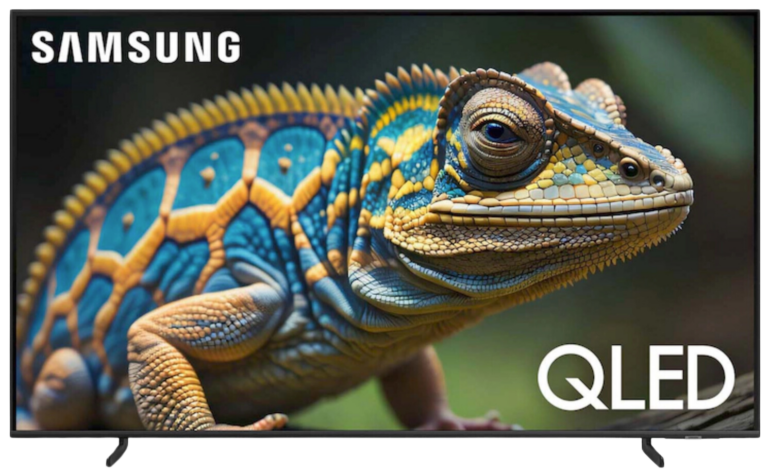 Sizes 43", 50", 55", 65", 75", 85" |
| | | Q65B 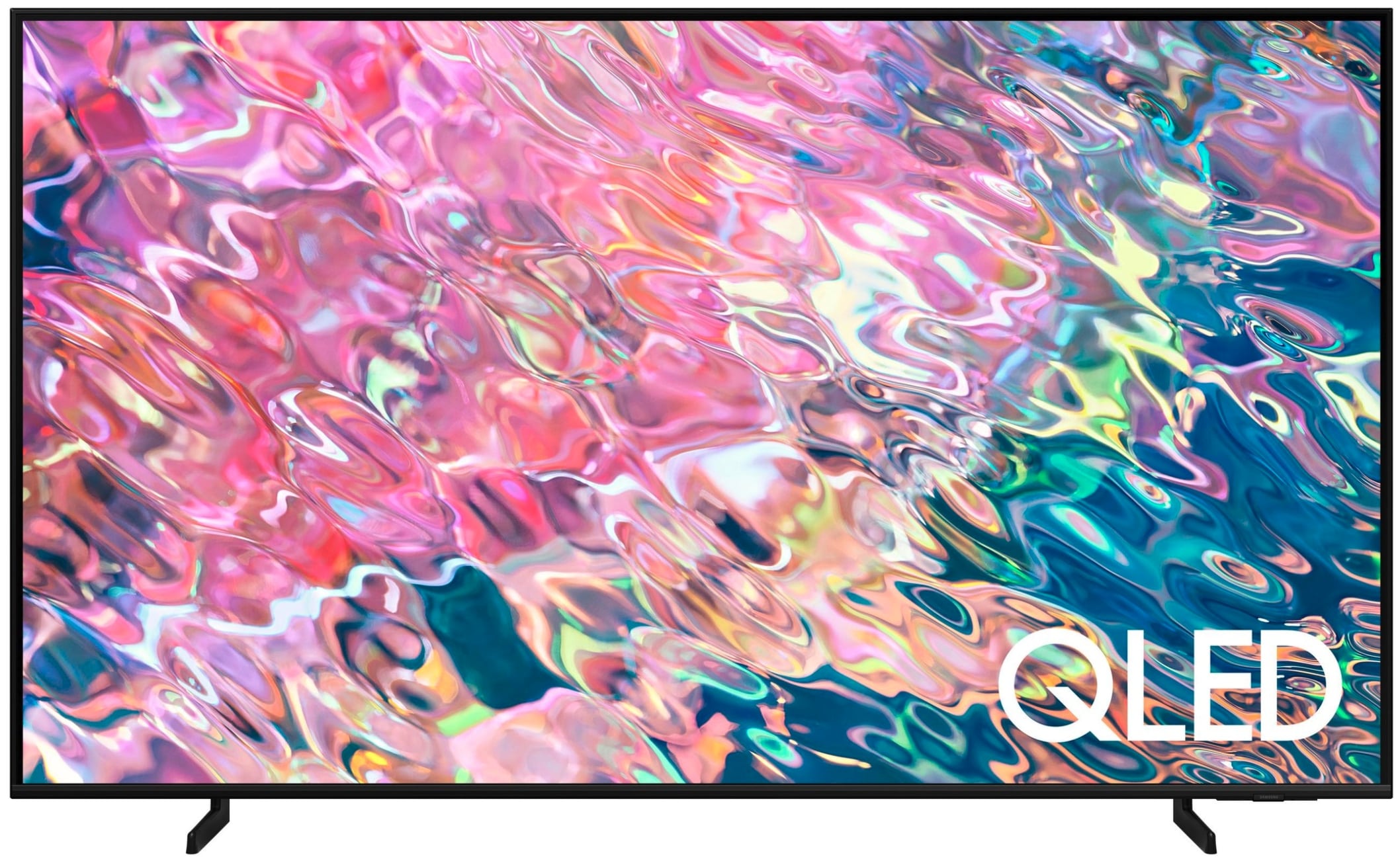 Sizes 43", 50", 55", 65", 75 | | |
Q70R  Sizes 49", 55", 65", 75", 82" Frequency 60Hz (49")
120Hz (55", 65", 75", 82")
| Q70T | Q70A | Q70B | Q70C | Q70D |
| Q700T | | | | |
| Q80R | Q80T  Sizes 49", 55", 65", 75", 85" Frequency 60Hz (49")
120Hz (55", 65", 75", 85")
| Q80A  Panel Type VA (50", 85")
ADS (55", 65", 75")
Sizes 50", 55", 65", 75", 85" Frequency 60Hz (50")
120Hz (55", 65", 75", 85")
| Q80B 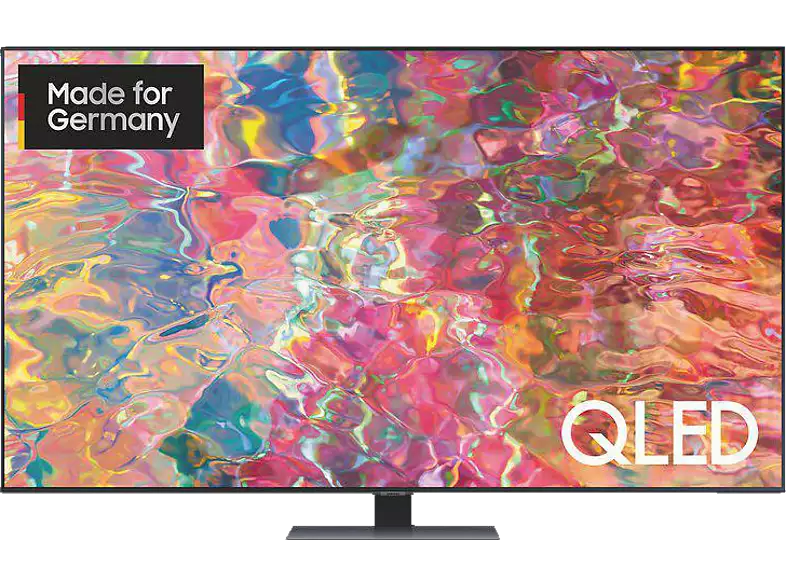 Panel Type VA (50", 85")
ADS (55", 65", 75")
Sizes 50", 55", 65", 75", 85" Frequency 60Hz (50")
120Hz (55", 65", 75", 85")
| Q80C  Panel Type IPS (50", 55", 65", 75")
VA (85", 98")
Sizes 50", 55", 65", 75", 85", 98" Frequency 60Hz (50")
120Hz (55", 65", 75", 85", 98")
| Q80D 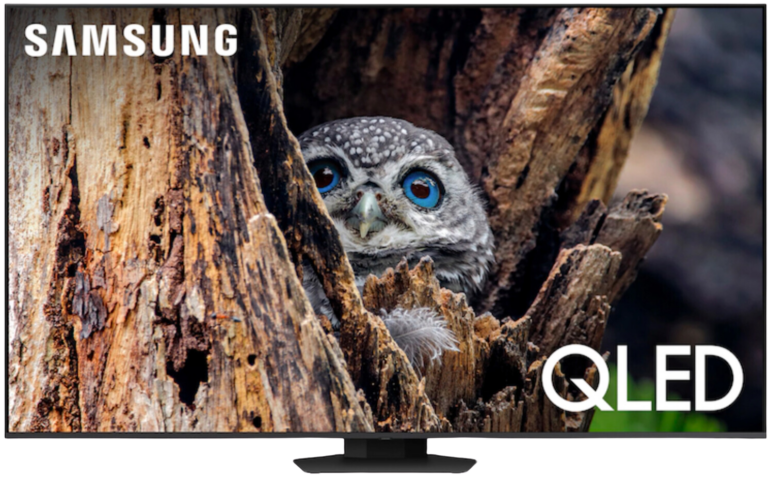 Panel Type VA (50", 85", 98")
IPS (55", 65", 75")
Sizes 50", 55", 65", 75", 85", 98" Frequency 60Hz (50")
120Hz (55", 65", 75", 85", 98")
|
| Q800T | | | | |
| Q85R | | | | | |
| Q90R | Q90T | | | | |
Q900 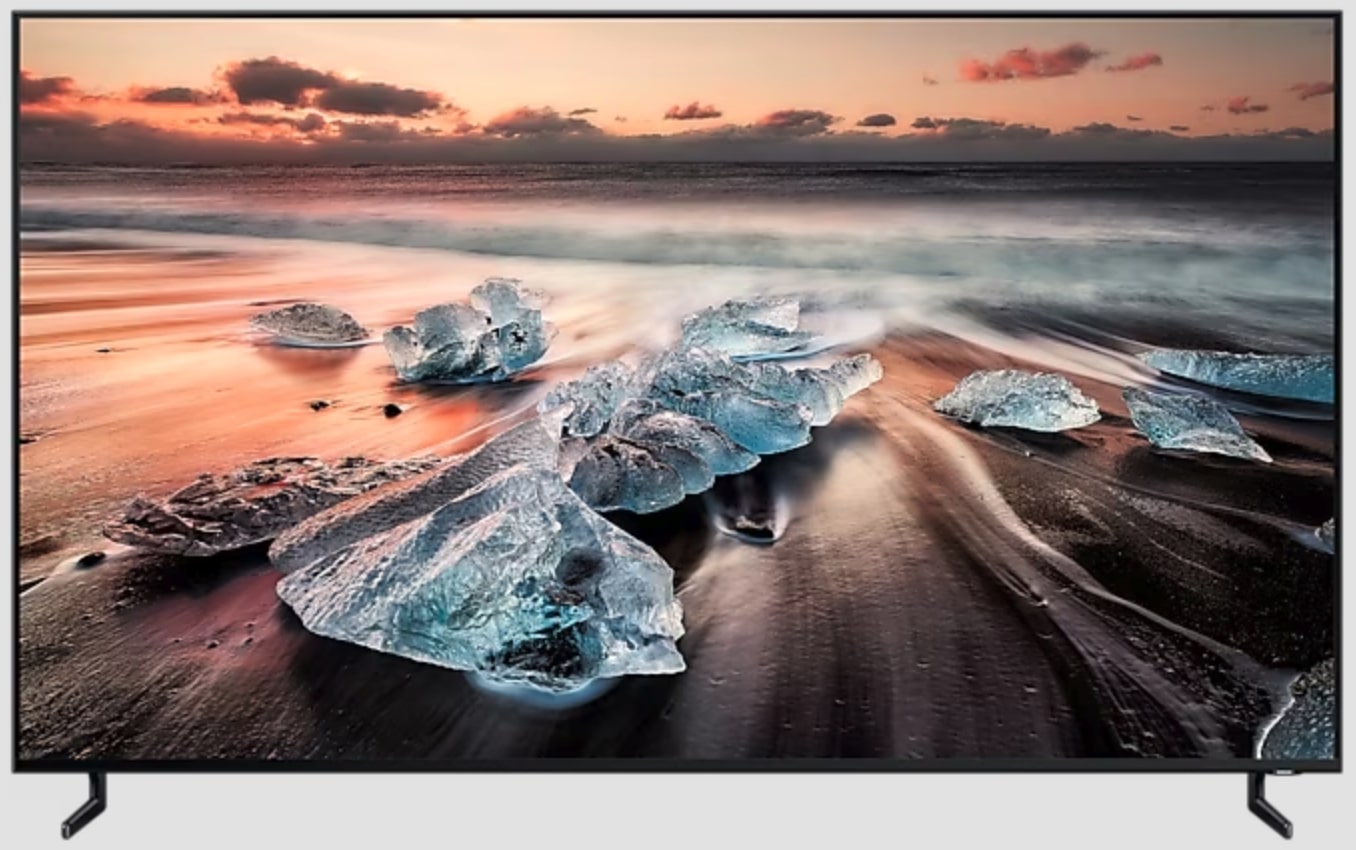 Sizes 55", 65", 75", 82", 98" | Q900TS | | | | |
| Q95T | | | | |
Q950R  Sizes 55", 65", 75", 82", 98" | Q950TS | | | | |
Lifestyle Models |
|---|
| The Frame | The Frame 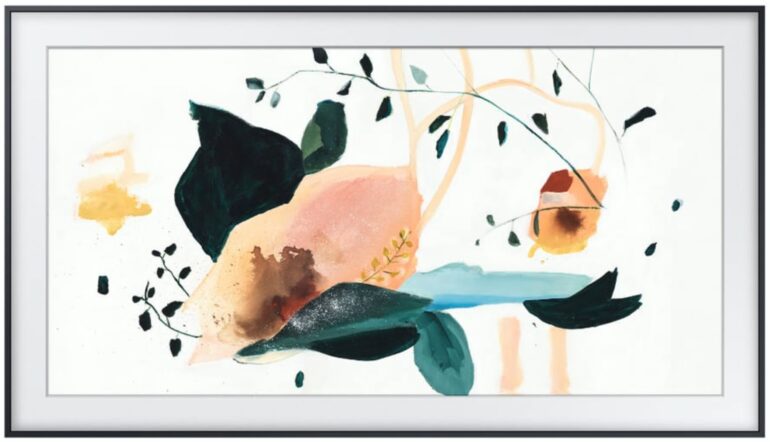 Sizes 32", 43", 50", 55", 65", 75" Resolution FHD (32")
UHD 4K (43", 50", 55", 65", 75")
Frequency 60Hz (32", 43", 50")
120Hz (55", 65", 75")
| The Frame  Sizes 43", 50", 55", 65", 75", 85" Frequency 60Hz (43", 50")
120Hz (55", 65", 75", 85")
| The Frame  Sizes 32", 43", 50", 55", 65", 75", 85" Resolution FHD (32")
UHD 4K (43", 50", 55", 65", 75", 85")
Frequency 60Hz (32", 43", 50")
120Hz (55", 65", 75", 85")
| The Frame  Sizes 32", 43", 50", 55", 65", 75", 85" Resolution FHD (32")
UHD 4K (43", 50", 55", 65", 75", 85")
Frequency 60Hz (32", 43", 50")
120Hz (55", 65", 75", 85")
| The Frame 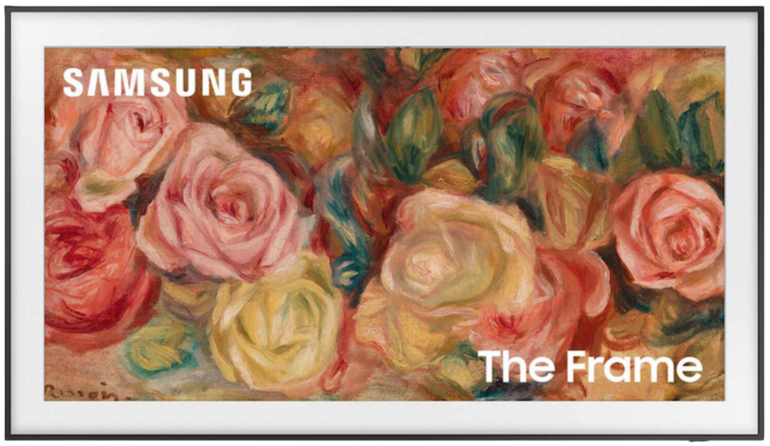 Sizes 43", 50", 55", 65", 75", 85" Frequency 60Hz (43", 50")
120Hz (55", 65", 75", 85")
|
| The Serif | The Serif (Cloud White) 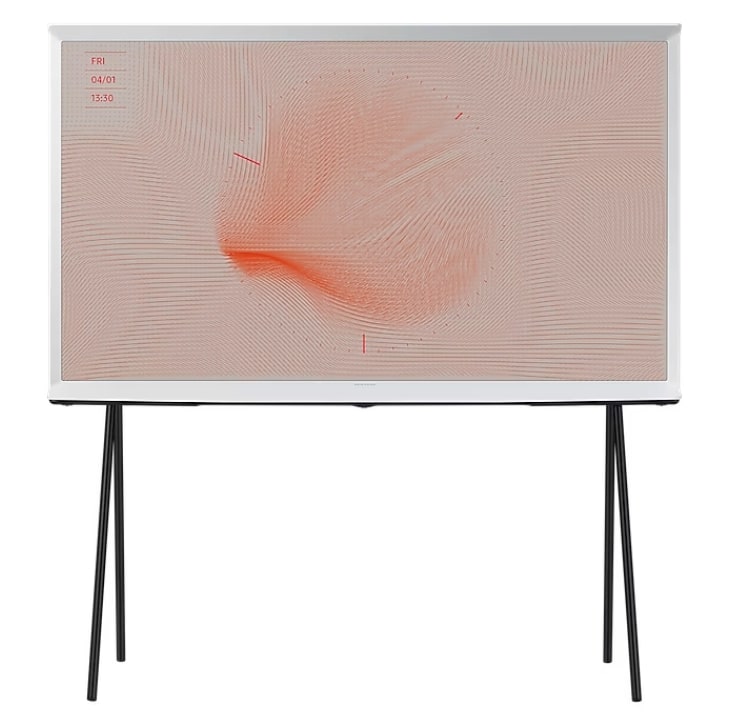 Sizes 43", 49", 50", 50", 55", 65" | The Serif (Cloud White) | The Serif (Cloud White) | The Serif (Cloud White) | |
| The Serif (Cotton Blue) | The Serif (Cotton Blue) | The Serif (Cotton Blue) | The Serif (Cotton Blue) | |
| The Sero | The Sero | The Sero | The Sero | |
| The Terrace (Full) | The Terrace (Full) | | | |
| The Terrace (Partial) | The Terrace (Partial) | | | |
UHD Models |
|---|
| TU7000 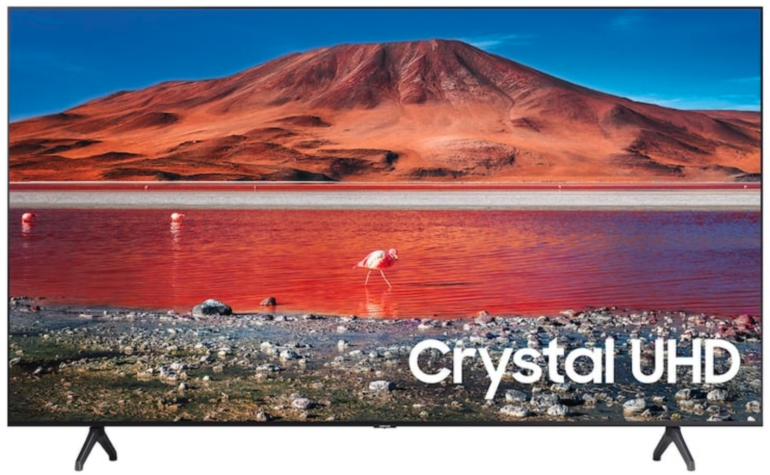 Sizes 43", 43", 43", 50", 50", 50", 55", 55", 55", 58", 58", 65", 65", 65", 70", 70", 75", 75", 75" | | | | |
RU7100  Sizes 43", 50", 55", 58", 65", 75" | TU7100 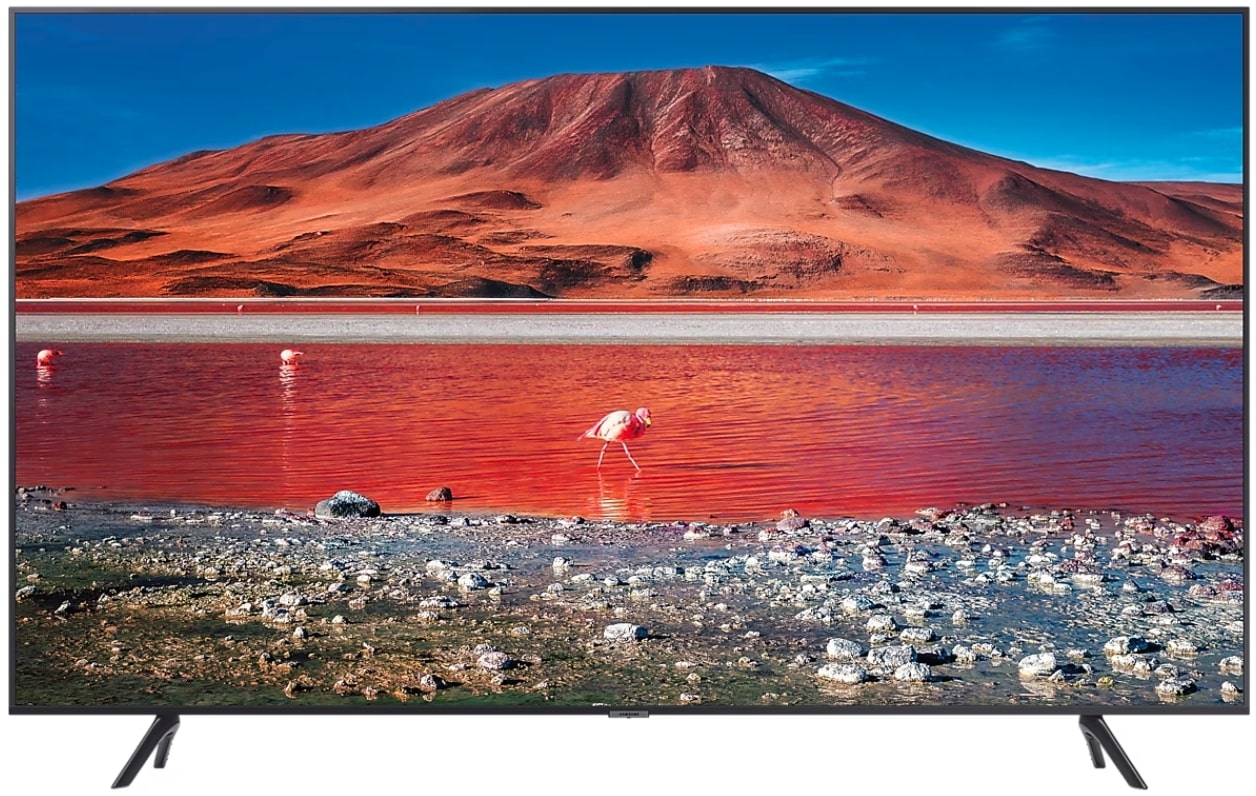 Sizes 43", 50", 55", 58", 65", 75" | | | CU7000  Sizes 43", 50", 55", 65", 75", 85" | |
| RU7300 | | | | | |
RU7400 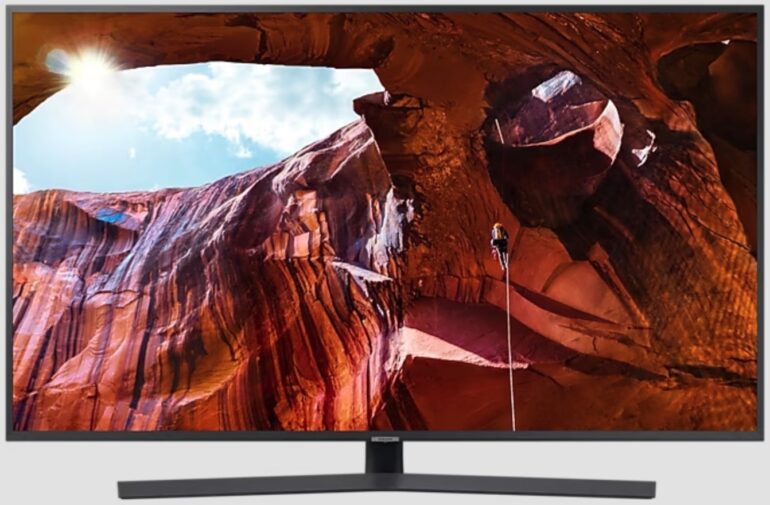 Sizes 43", 43", 50", 50", 55", 65" | | | | | |
| TU7500 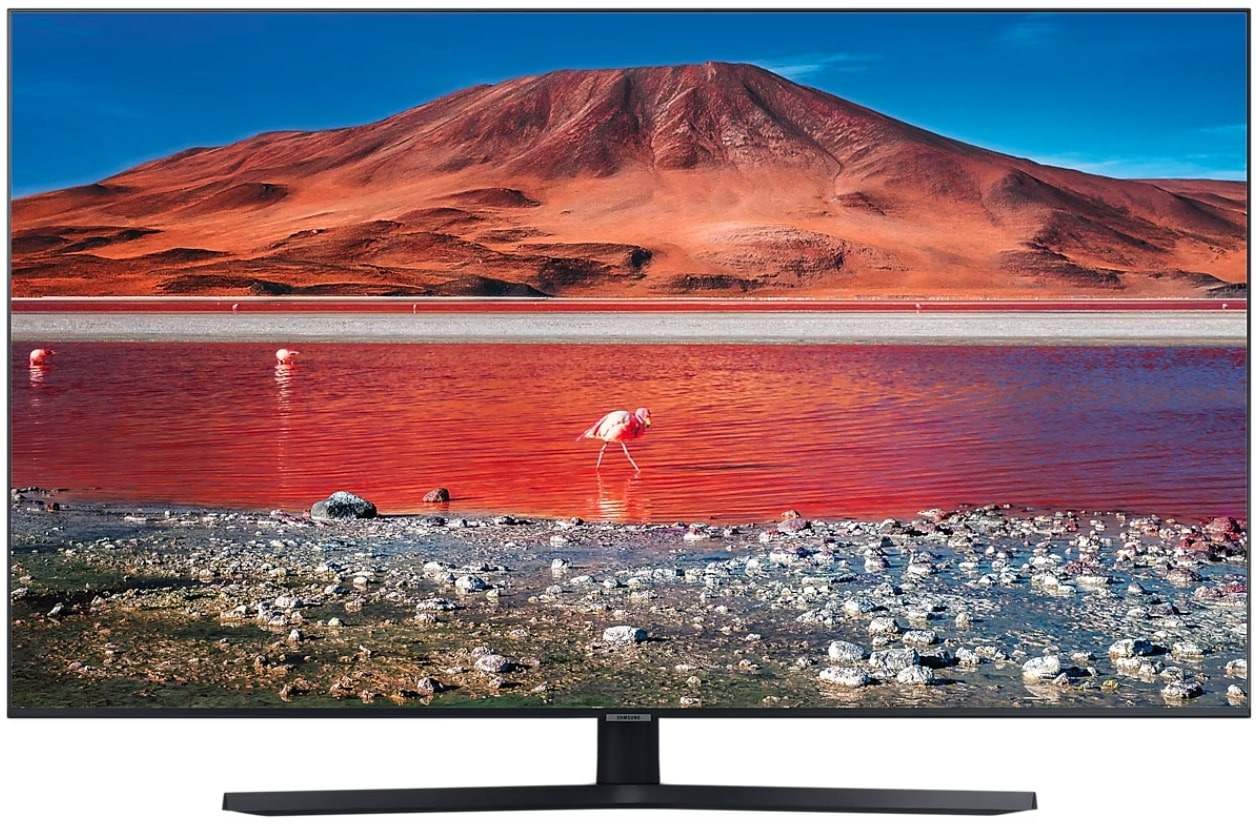 Sizes 43", 50", 55", 65", 75" | | | | |
RU8000  Frequency 60Hz (49")
120Hz (55", 65", 82")
| TU8000  Sizes 43", 50", 55", 65", 75", 82", 85" | AU8079 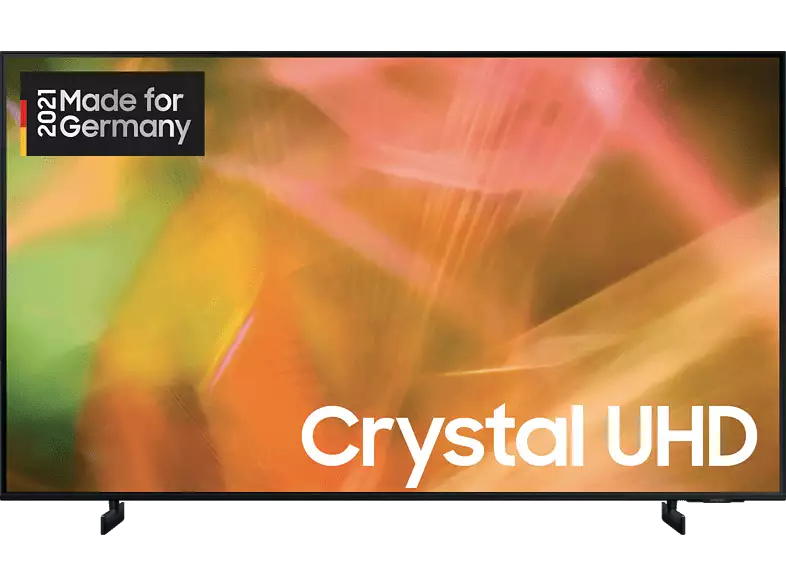 Sizes 43", 50", 55", 60", 65", 70", 75", 85" | BU8000 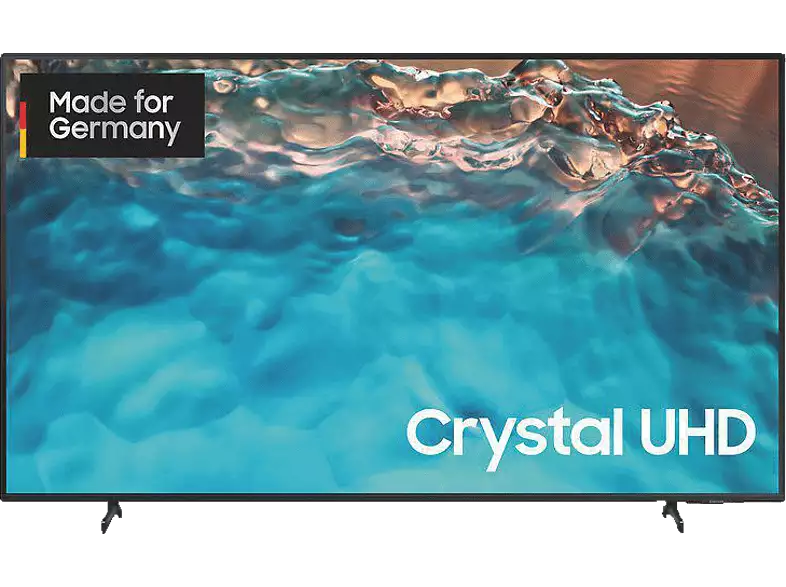 Sizes 43", 50", 55", 65", 75", 85" | CU8000  Sizes 43", 50", 55", 65", 75", 85" Frequency 60Hz (43", 50", 55", 65", 75")
120Hz (85")
| DU8000 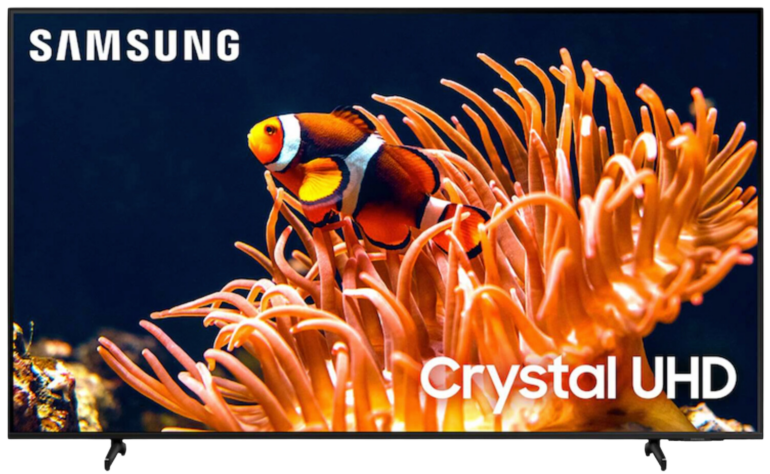 Sizes 43", 50", 55", 65", 75", 85" Frequency 60Hz (43", 50", 55", 65", 75")
120Hz (85")
|
| TU8500 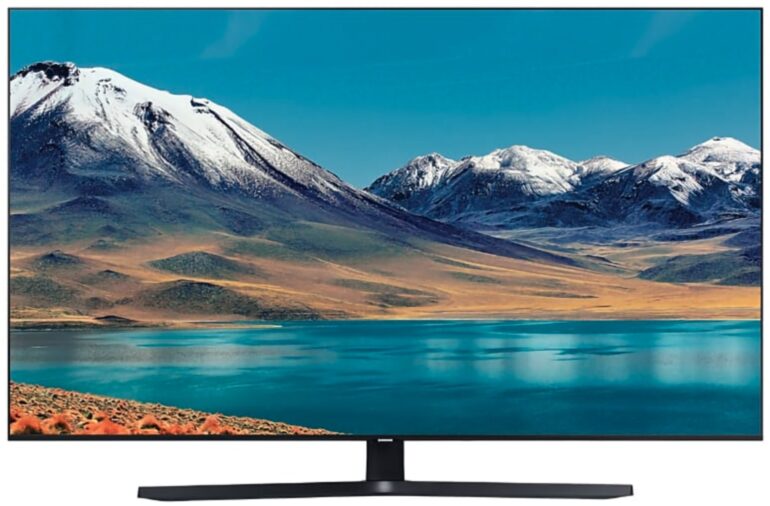 Sizes 43", 43", 50", 50", 55", 65" | | BU8500 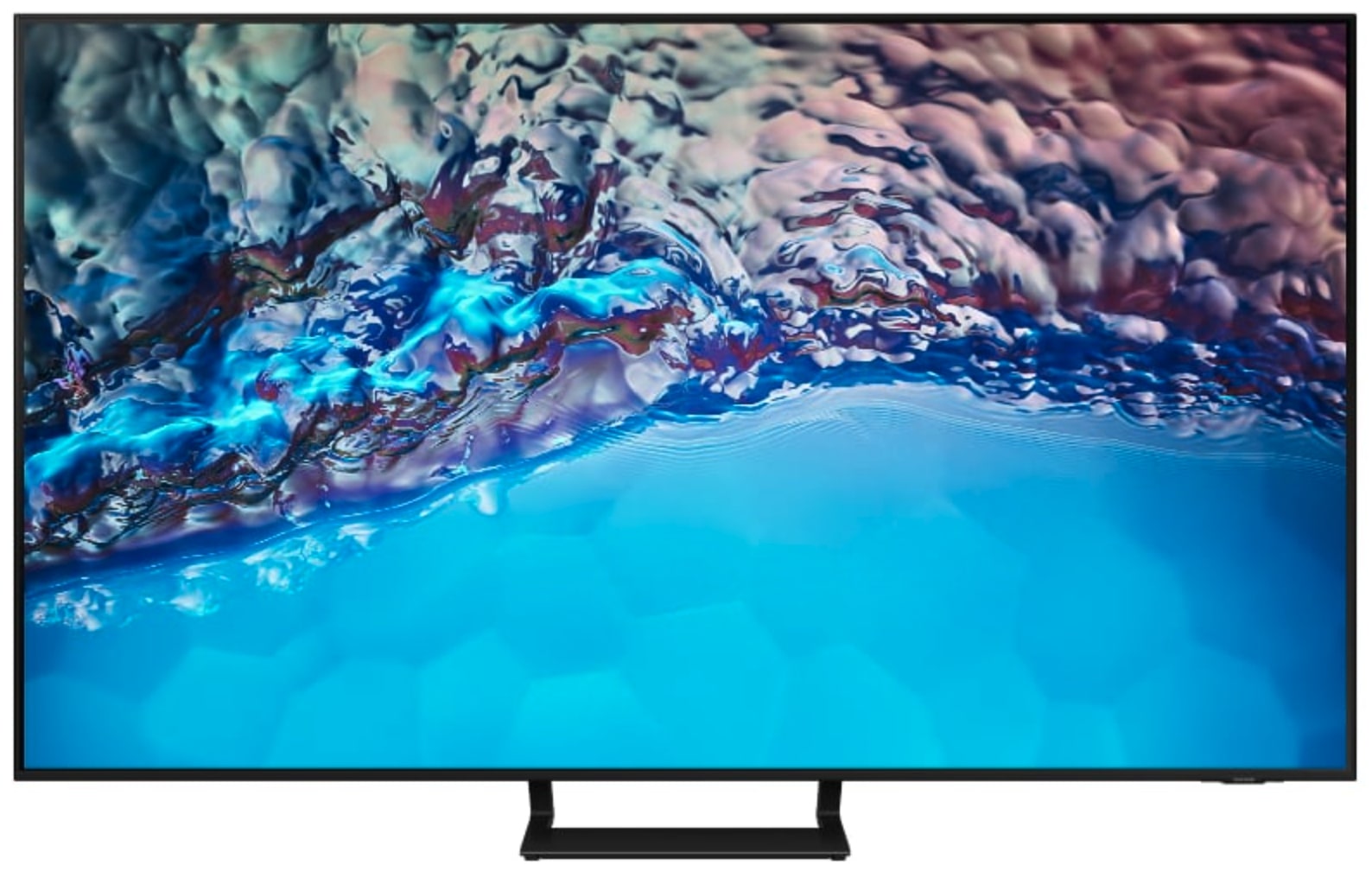 Panel Type IPS (VA bei 50") Sizes 43", 50", 55", 65", 75" | CU8570 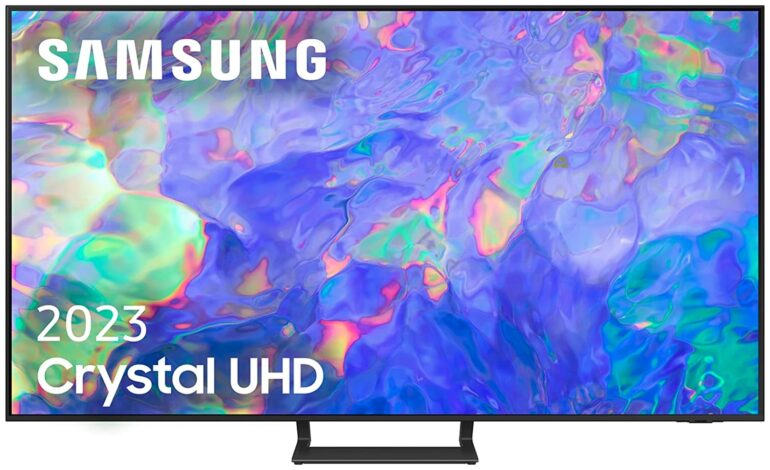 Sizes 43", 50", 55", 65", 75", 85" | |
| TU9000 | AU9000 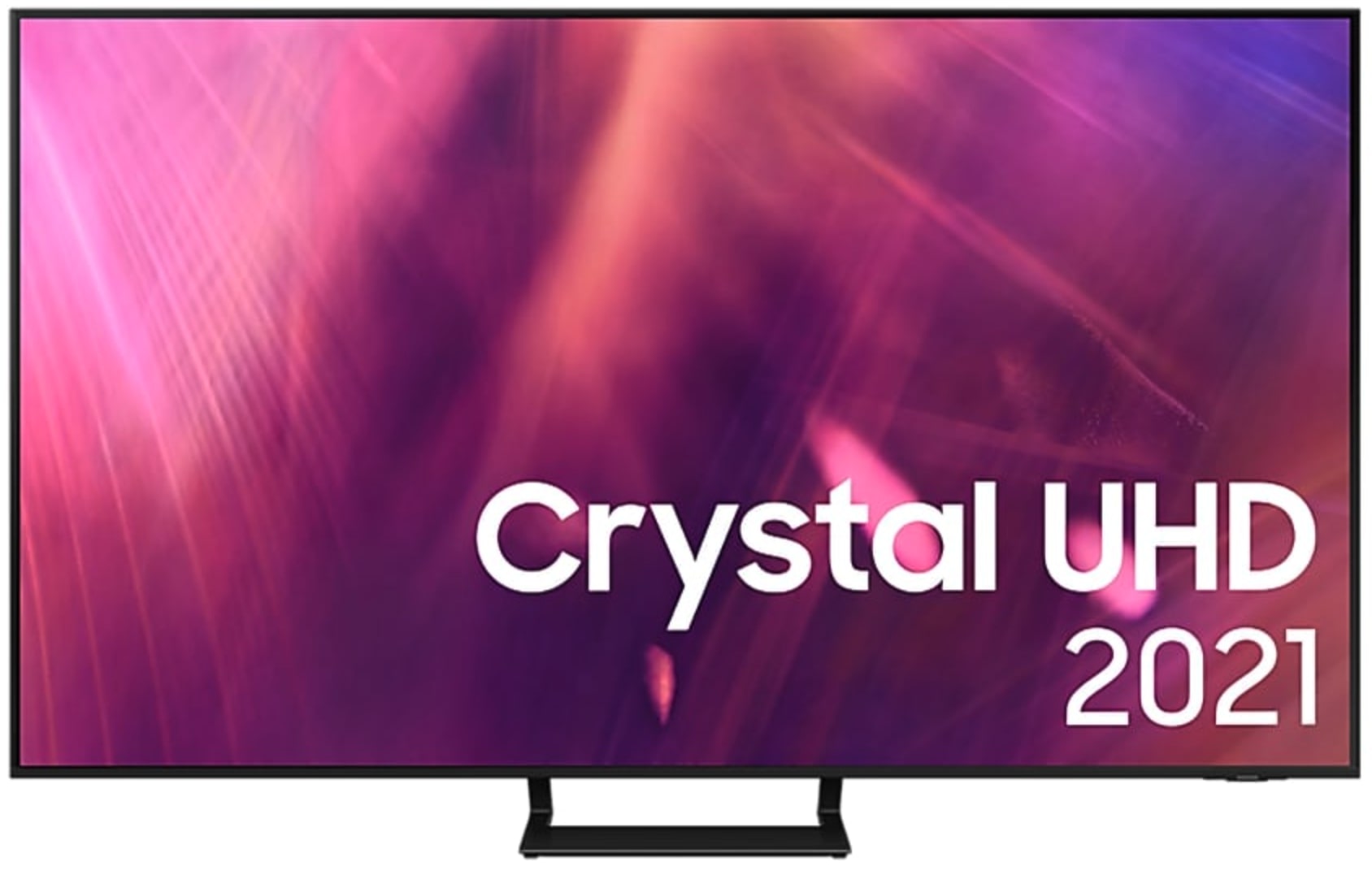 Sizes 43", 50", 55", 65", 75" | | | DU9000 |
| RU9000 | | | | |
Neo QLED Models |
|---|
| | QN85A  Panel Type ADS (55", 65", 75")
VA (85")
| QN85B | QN85C | QN85D |
| | QN90A 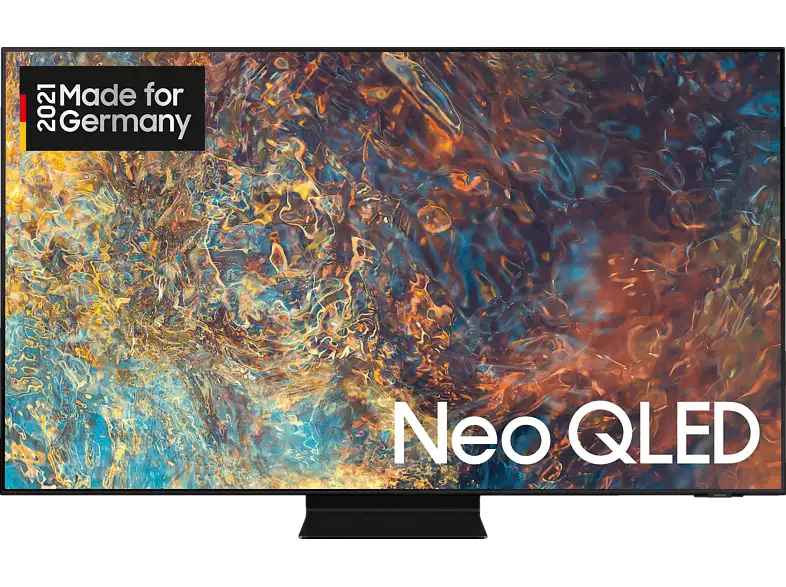 Panel Type VA (43", 50", 85")
ADS (55", 65", 75", 98")
Sizes 43", 50", 55", 65", 75", 85", 98" Frequency 60Hz (43")
120Hz (50", 55", 65", 75", 85", 98")
| QN90B  Sizes 43", 50", 55", 65", 75", 85" | QN90C  Panel Type VA (43", 50")
ADS (55", 65", 75", 85")
Sizes 43", 50", 55", 65", 75", 85" Frequency 144Hz (43", 50")
120Hz (55", 65", 75", 85")
| QN90D 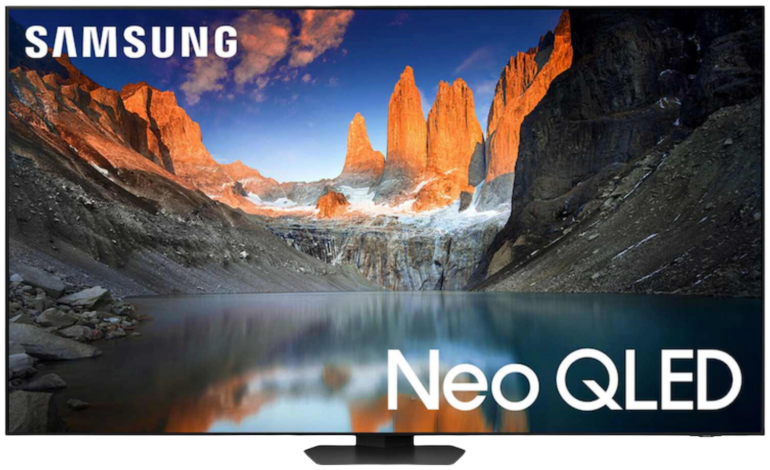 Panel Type VA (43", 50", 98")
IPS (55", 65", 75", 85")
Sizes 43", 50", 55", 65", 75", 85", 98" |
| | | QN94B 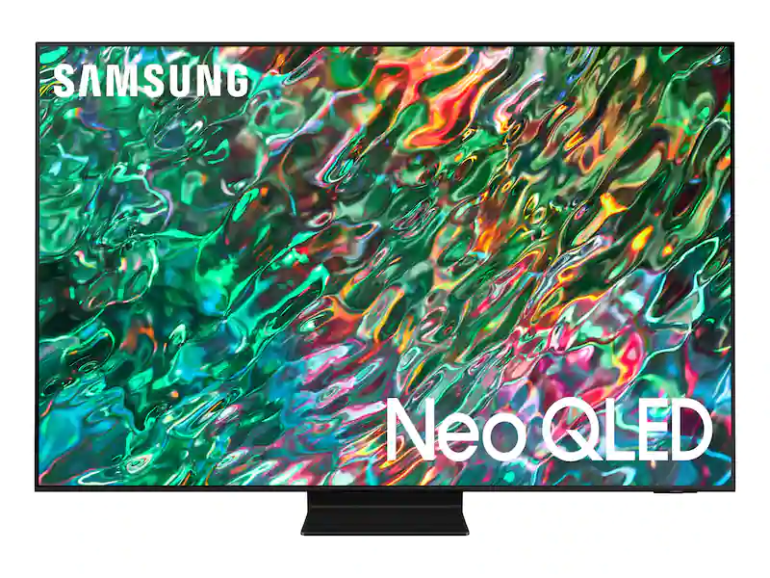 Sizes 43", 50", 55", 65", 75", 85" Frequency 144Hz (43", 50")
120Hz (55", 65", 75", 85")
| | |
| | QN95A | QN95B | QN95C | QN95D |
| | | QN100B | | |
| | QN700A | QN700B | QN700C | |
| | QN800A | QN800B | QN800C | QN800D |
| | QN900A | QN900B | QN900C | QN900D |
| | | | QN990C | |
QD-OLED Models |
|---|
| | | | | S85D |
| | | | S90C | S90D 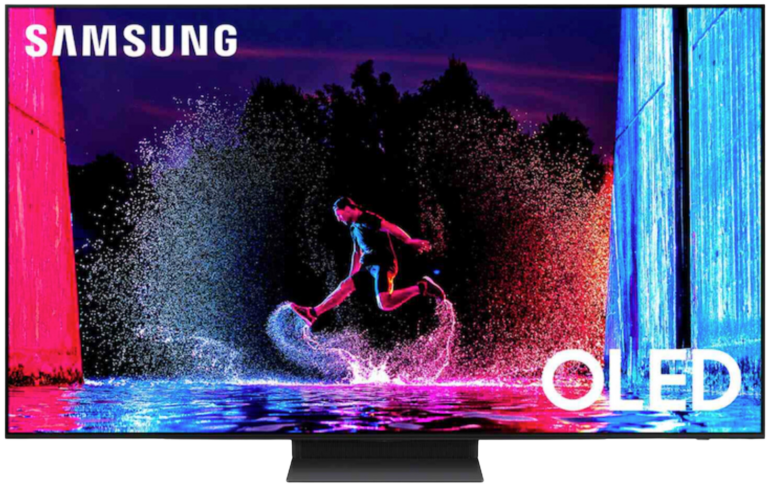 Sizes 42", 48", 55", 65", 77", 83" |
| | | S95B | S95C | S95D |
Changes |
|---|
| The 8K lineup is being increased and expanded with additional series Samsung launches The Terrace, which is the first outdoor TV in its portfolio. The product line The Serif is divided in two designs separated by colour
| As part of the Neo QLED series, Samsung includes mini-LED-based TVs in its portfolio for the first time One Connect Box gets a slim version and thus becomes significantly thinner
| By adding the S95B, Samsung extends its line-up for the first time with an OLED device. The Neo QLED flagship features a 144 hertz panel Tizen was revised and updated to version 7.0 New Sollar Cell Remote Control with Radio Frequency Charging Mode via WLAN for Neo QLED TVs
| The QD-OLED series, launched in 2022, is being split in two product lines One Connect Box now also part as standard with the QD flagship S95C The S95C QD top model gets the Infinity design already used for the LED flagship. The lifestyle device The Frame gets a matt display to minimise reflections
| The S85D is a new entry-level model in the QD series New game modes with 240 hertz in the QN900D and 165 hertz in the QN800D QD top model S95D gets matt anti-reflective coating LCDLCD = Liquid Crystal Display – a type of screen using liquid crystals for creating the image flagship QN95D comes with detachable camera QN90 series gets 98-inch size again for the first time since 2021
|
| Samsung TV Lineup 2020 | Samsung TV Lineup 2021 | Samsung TV Lineup 2022 | Samsung TV Lineup 2023 | |
|---|






